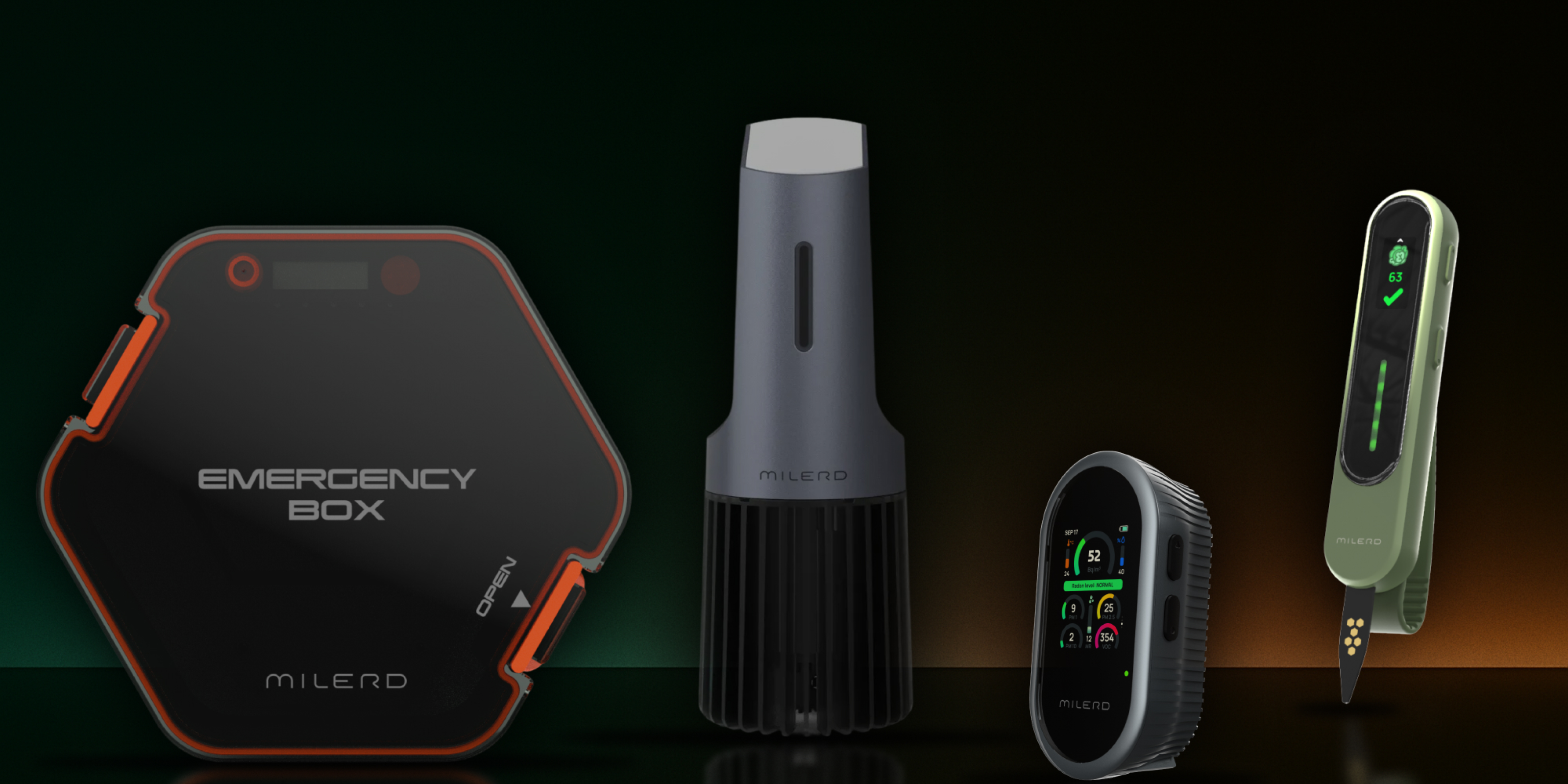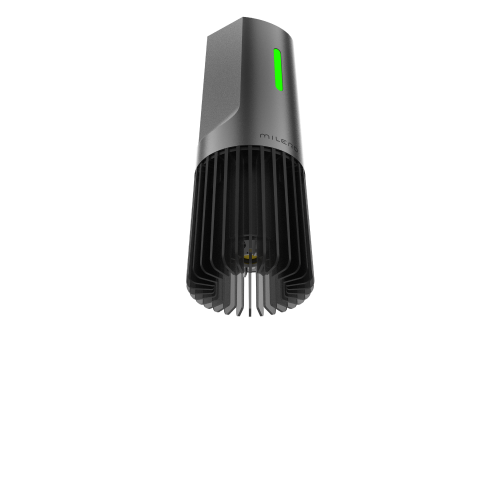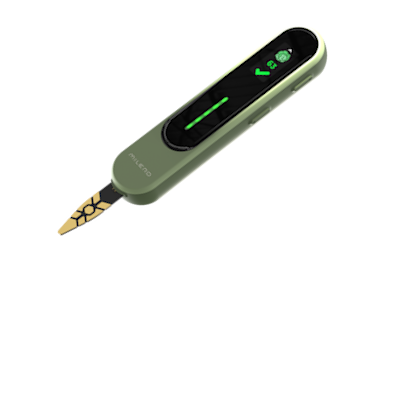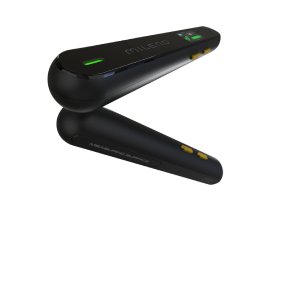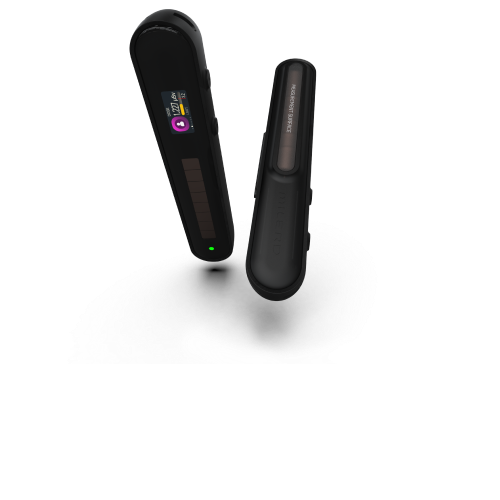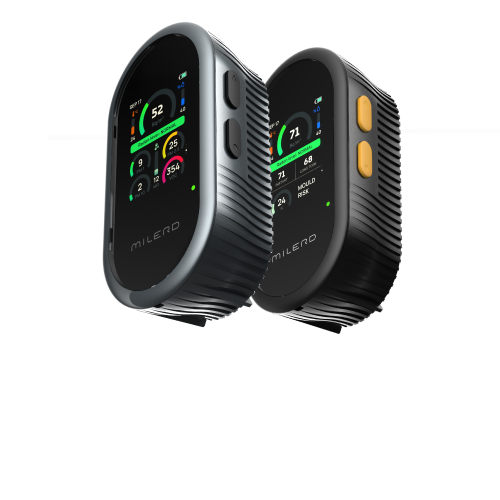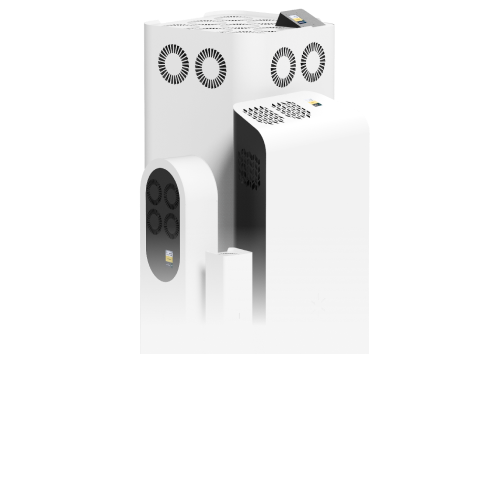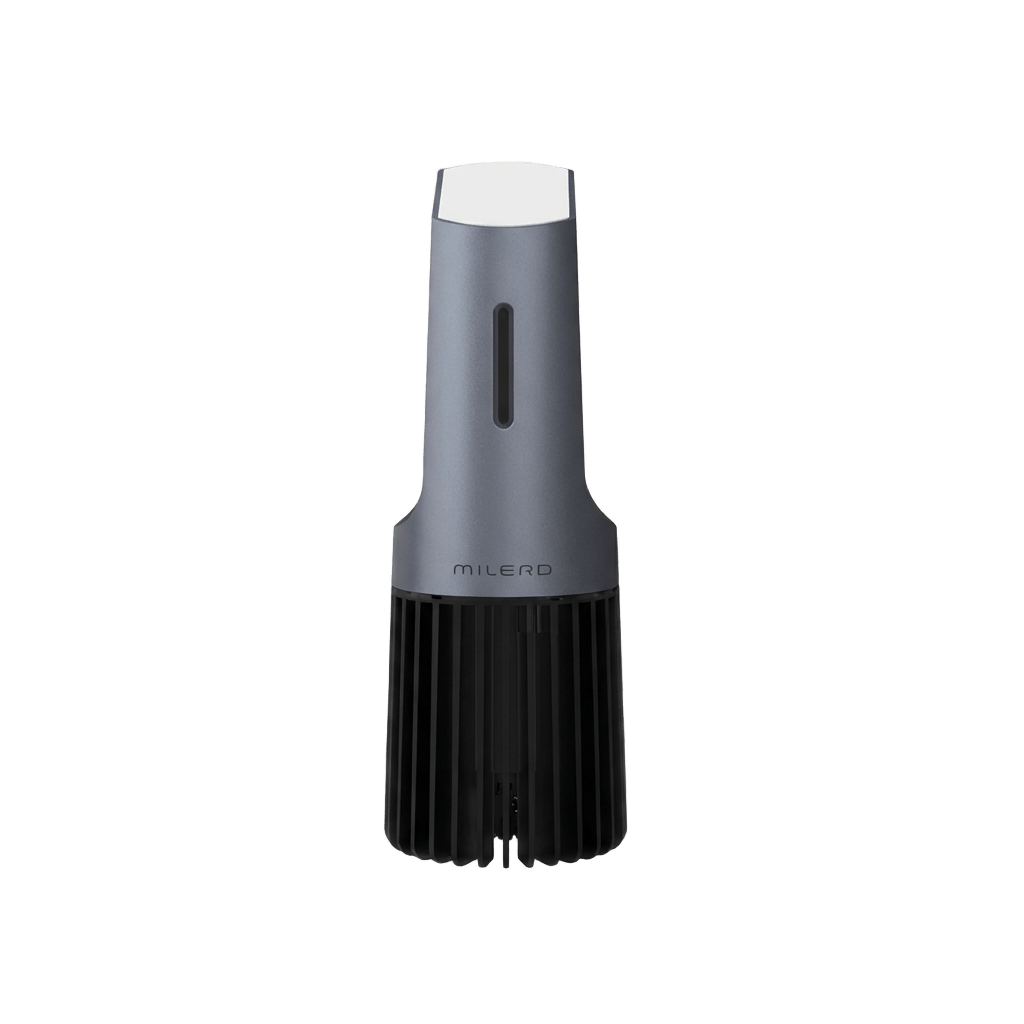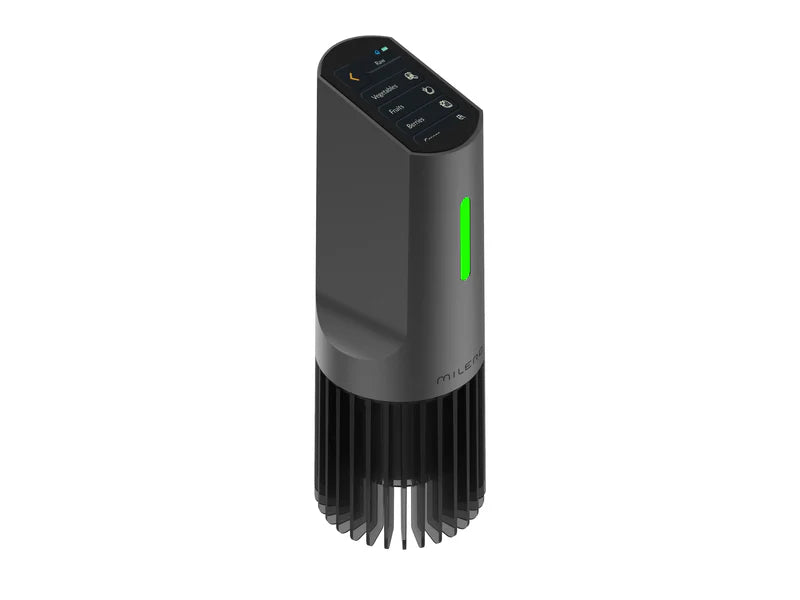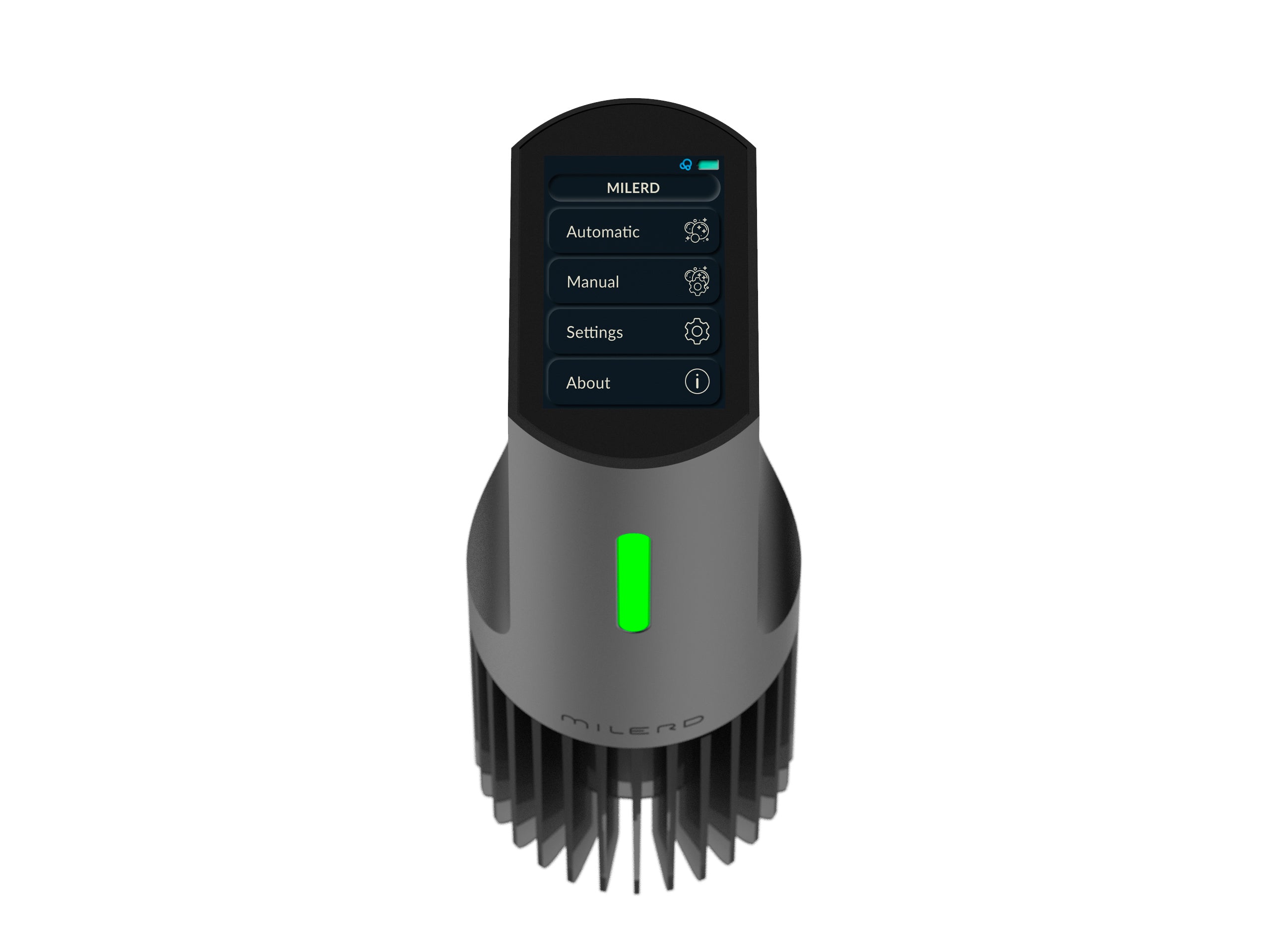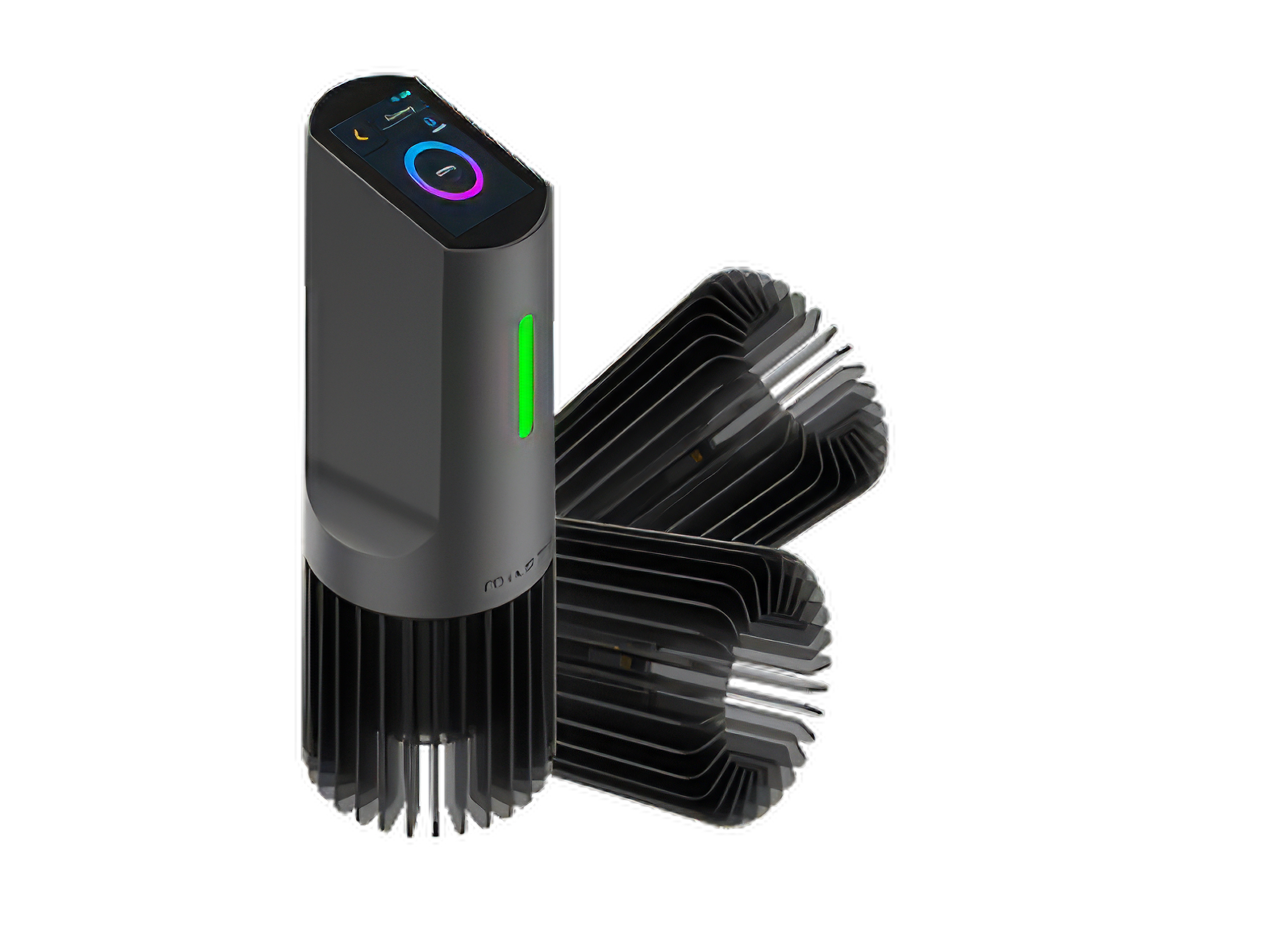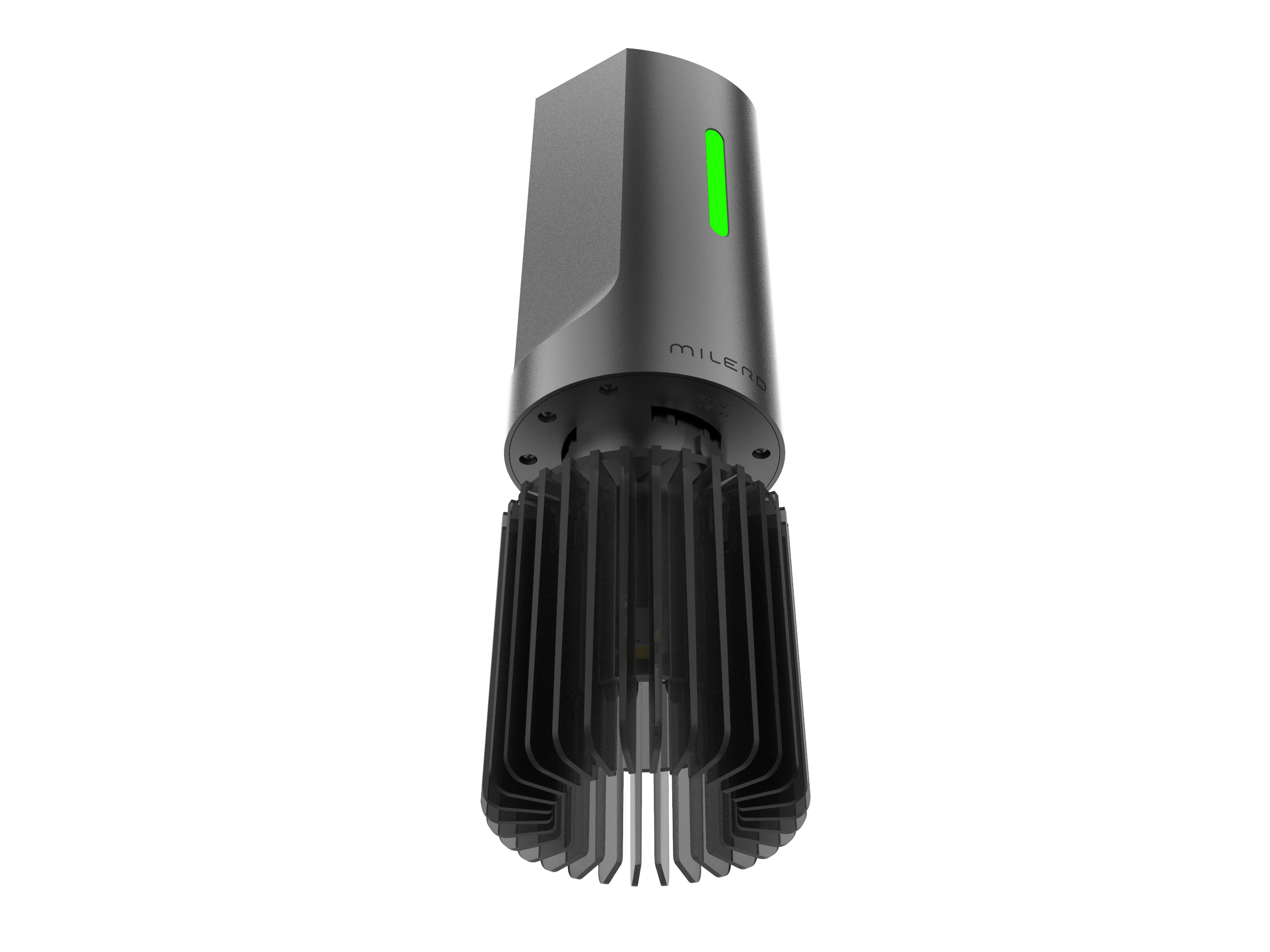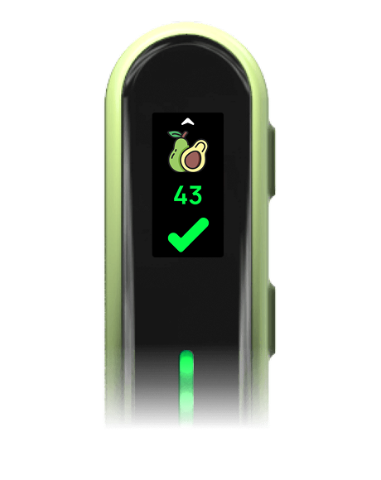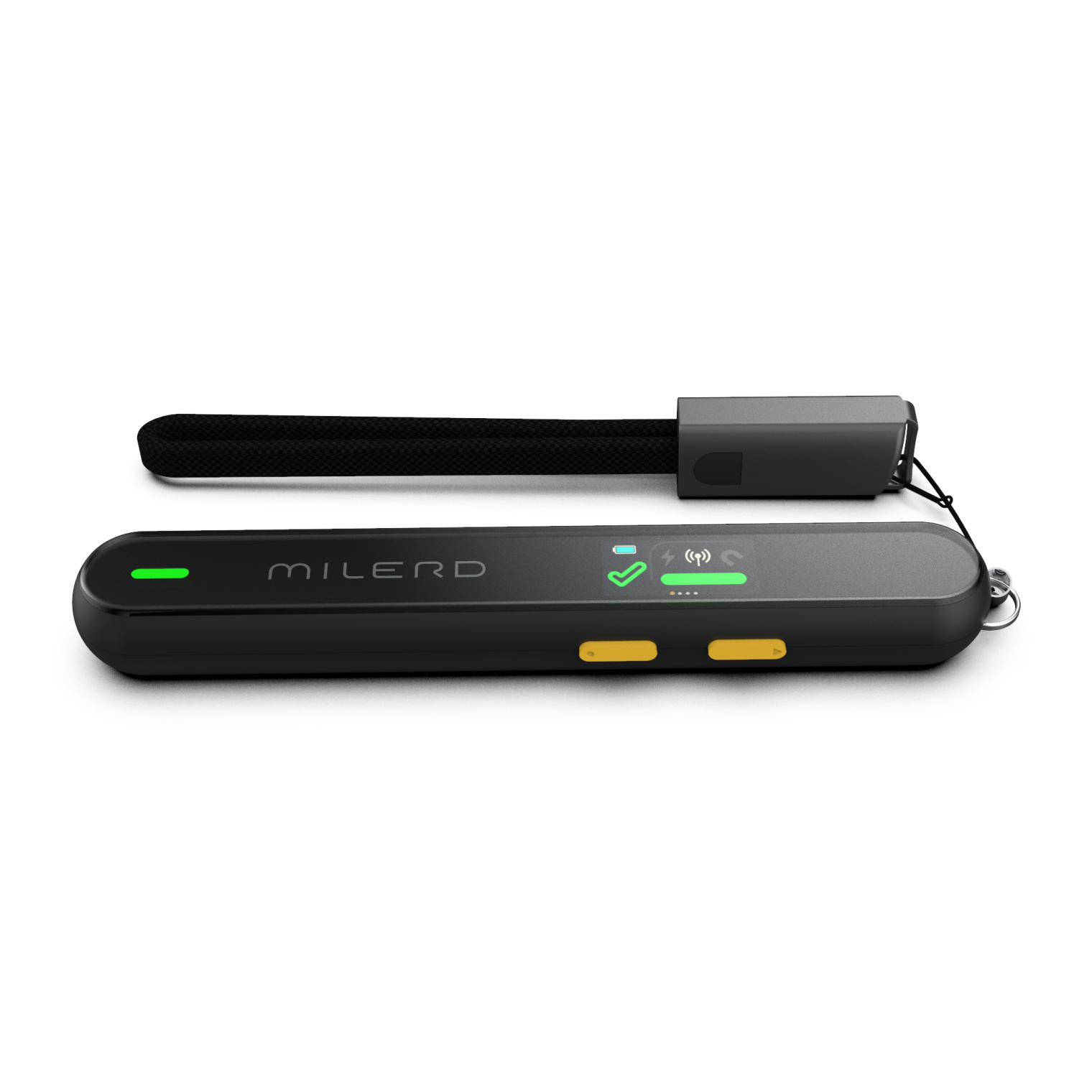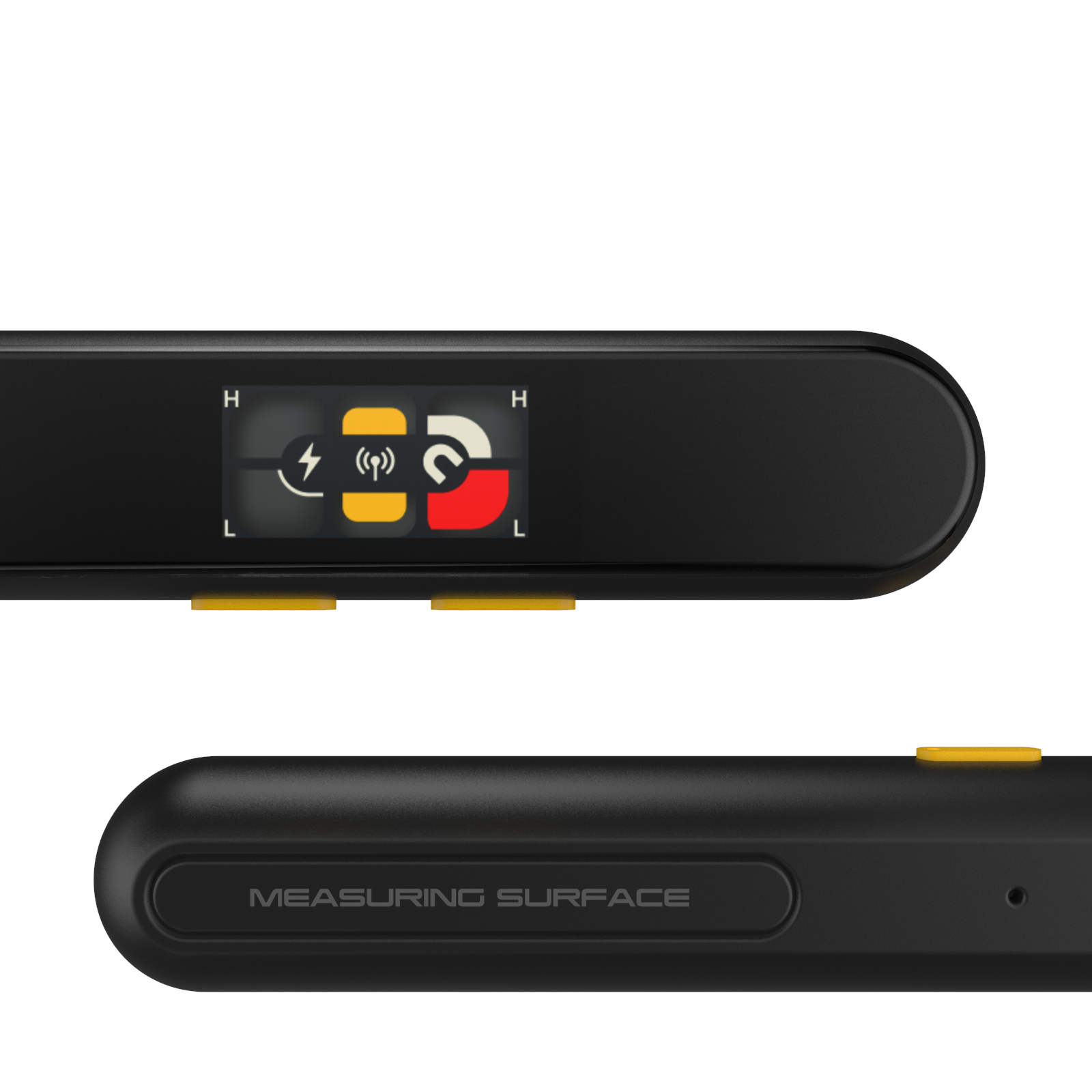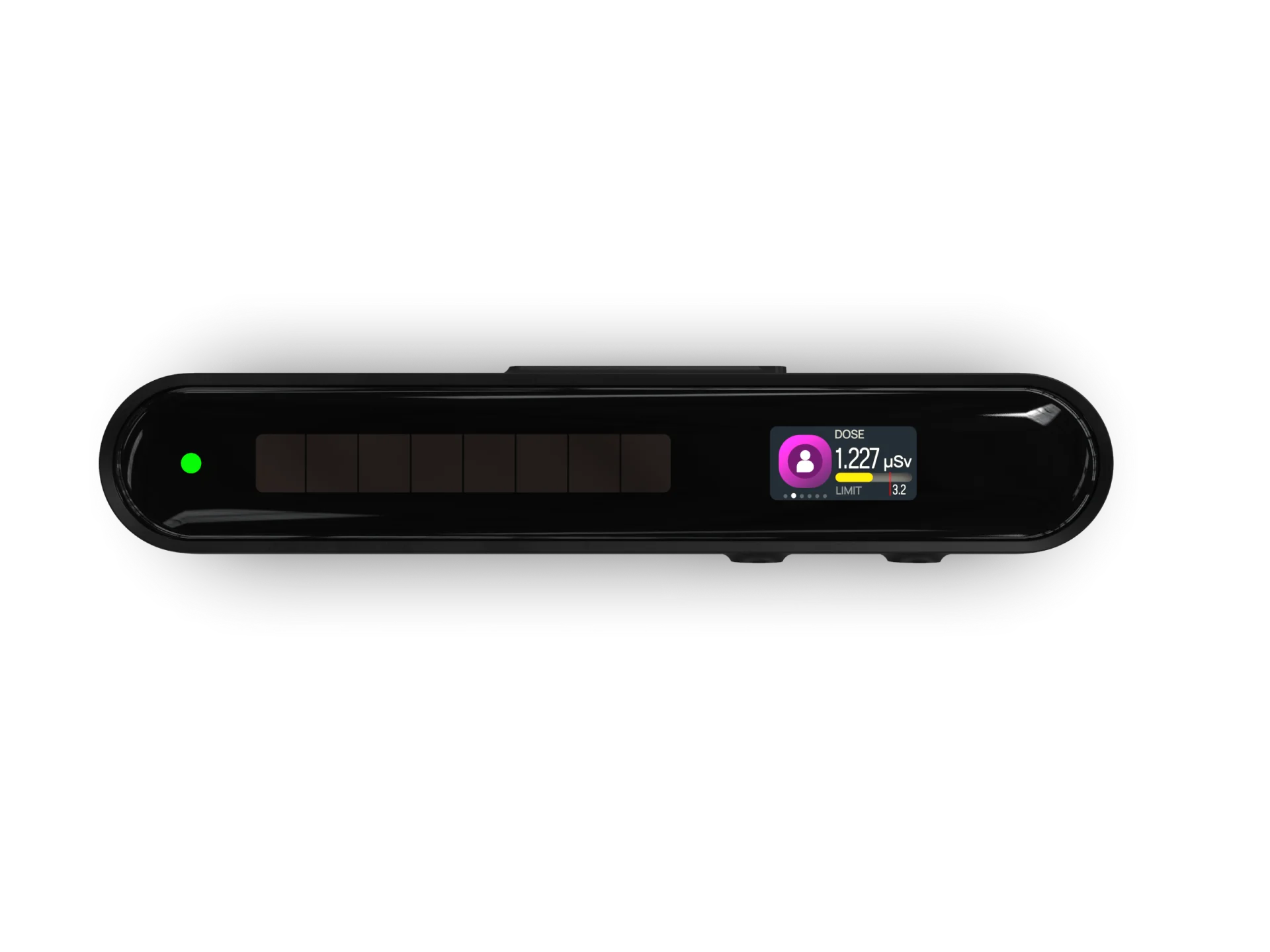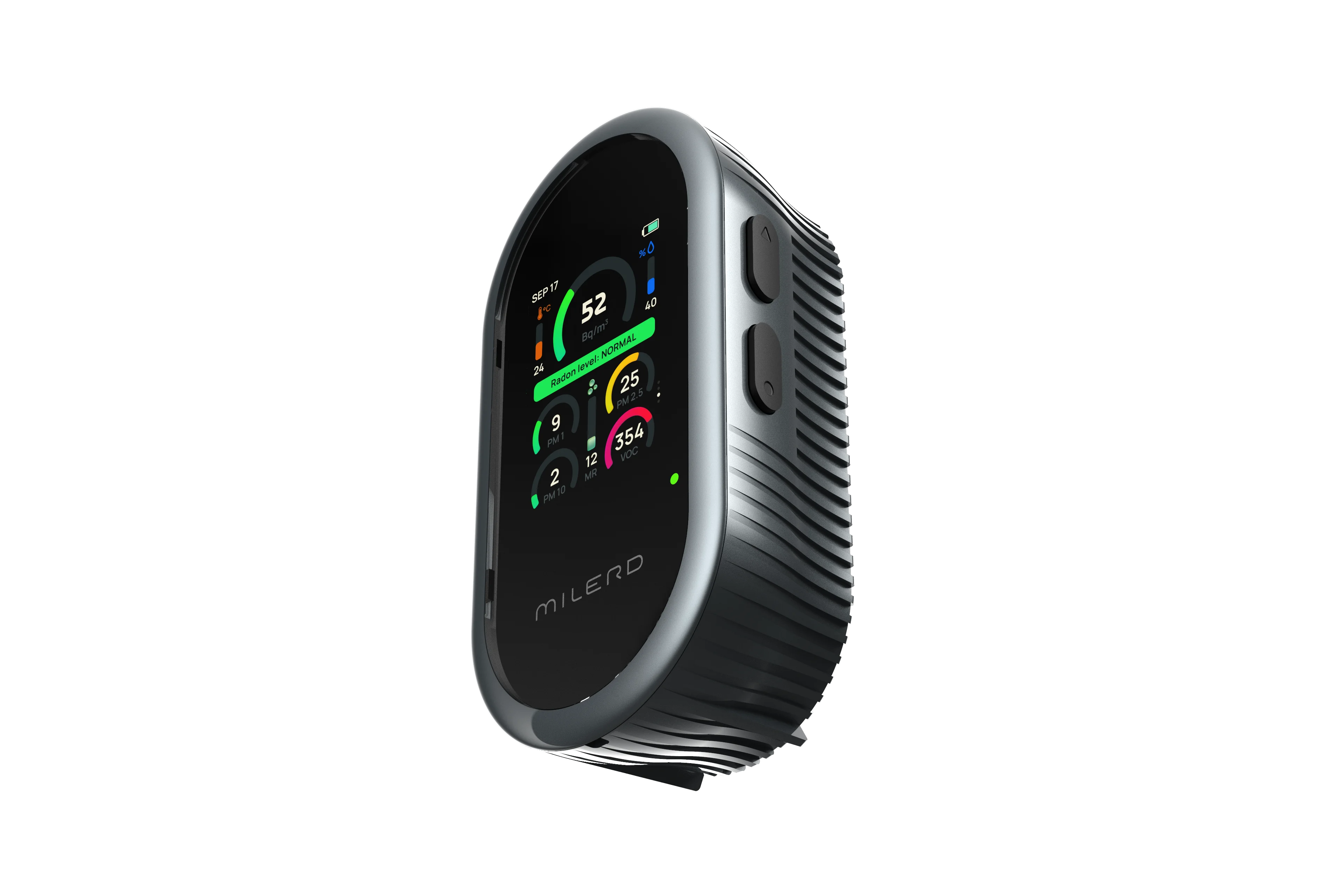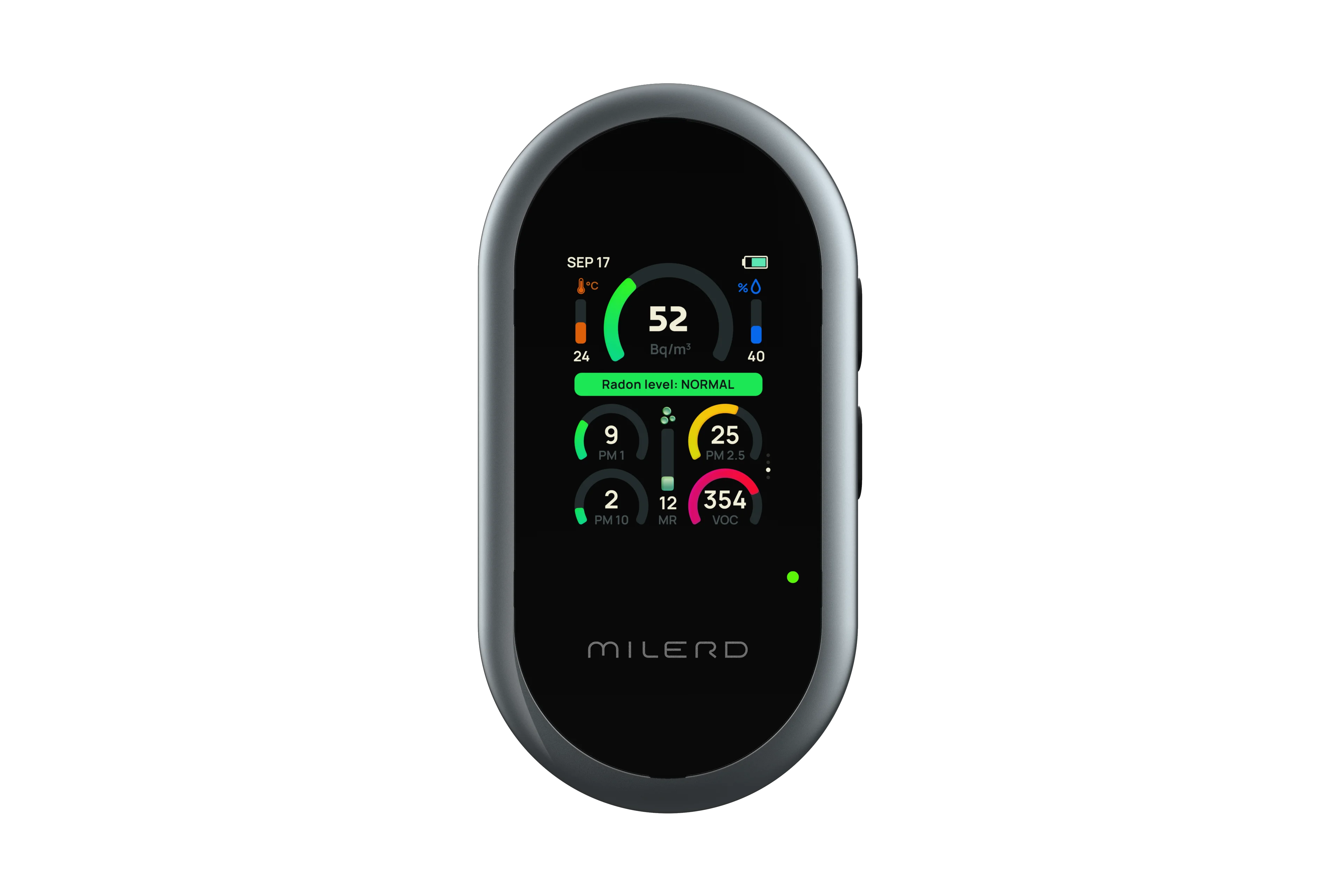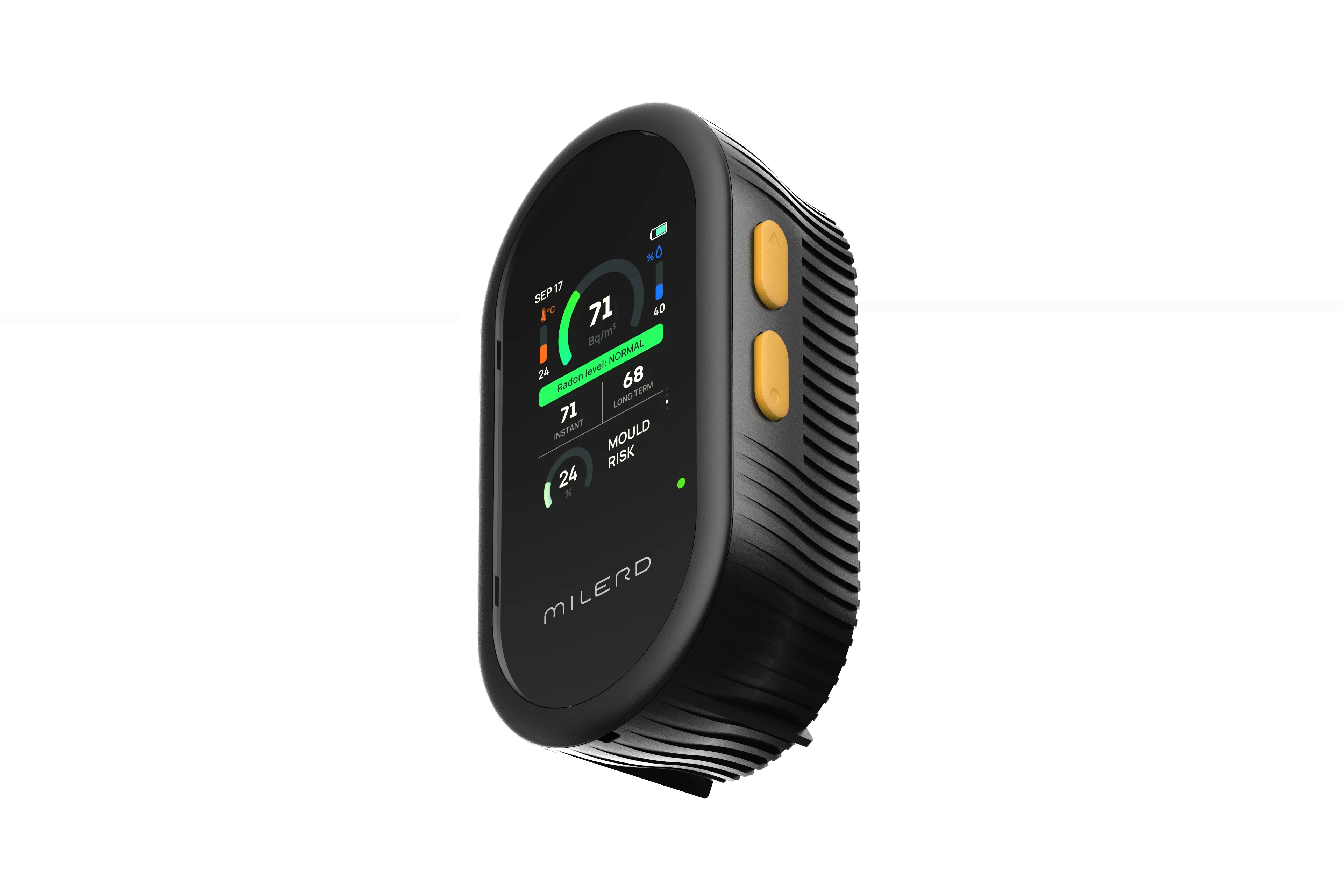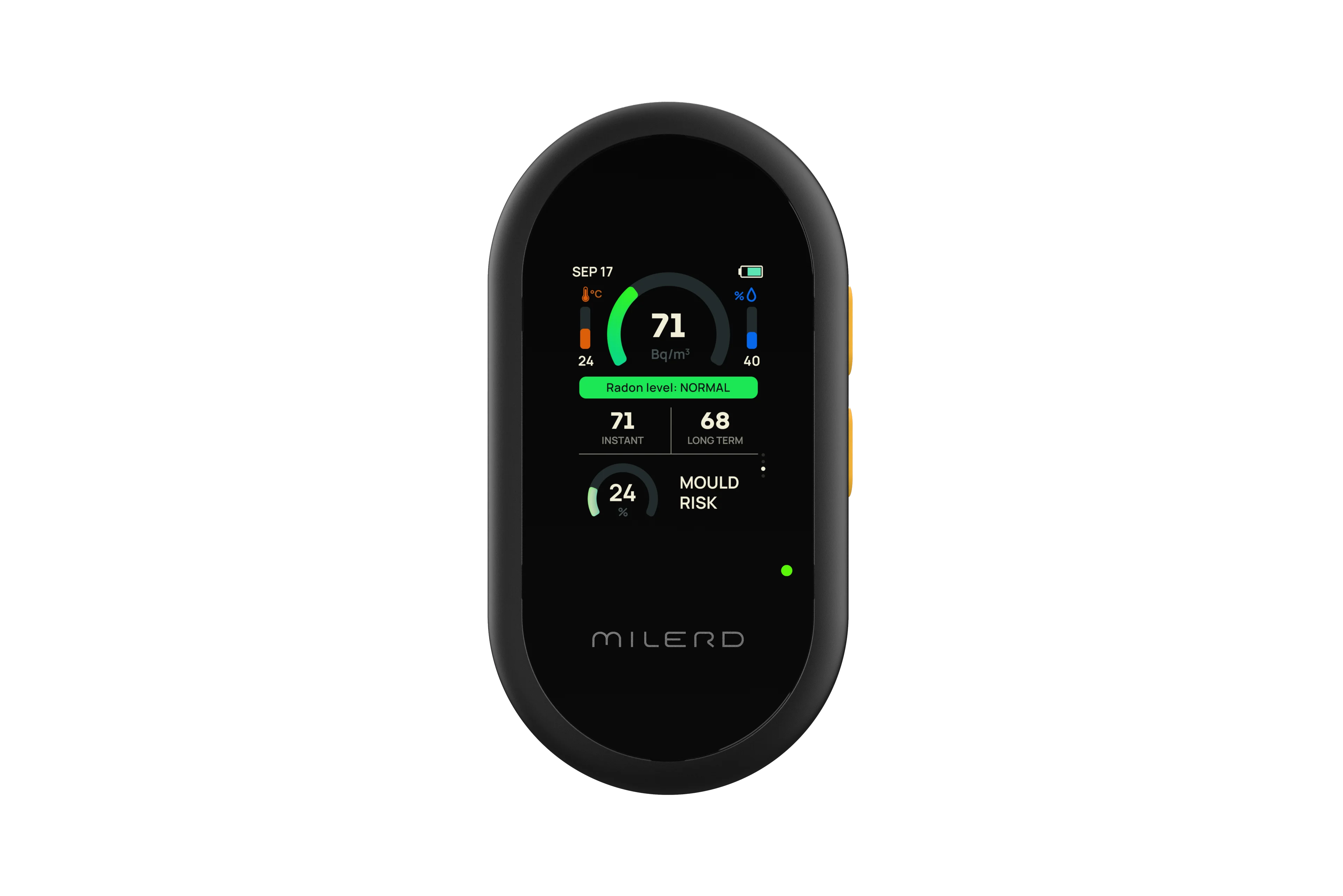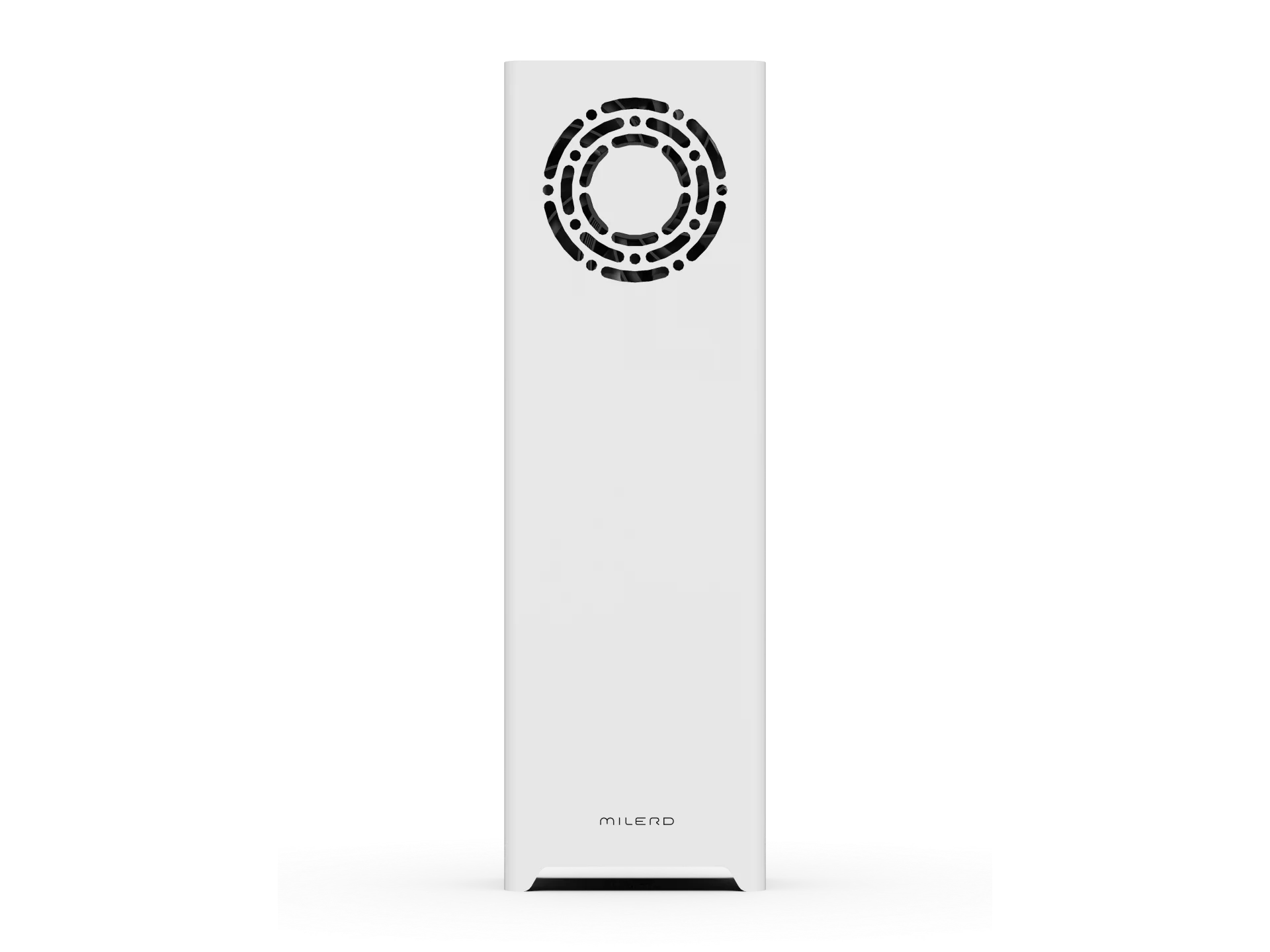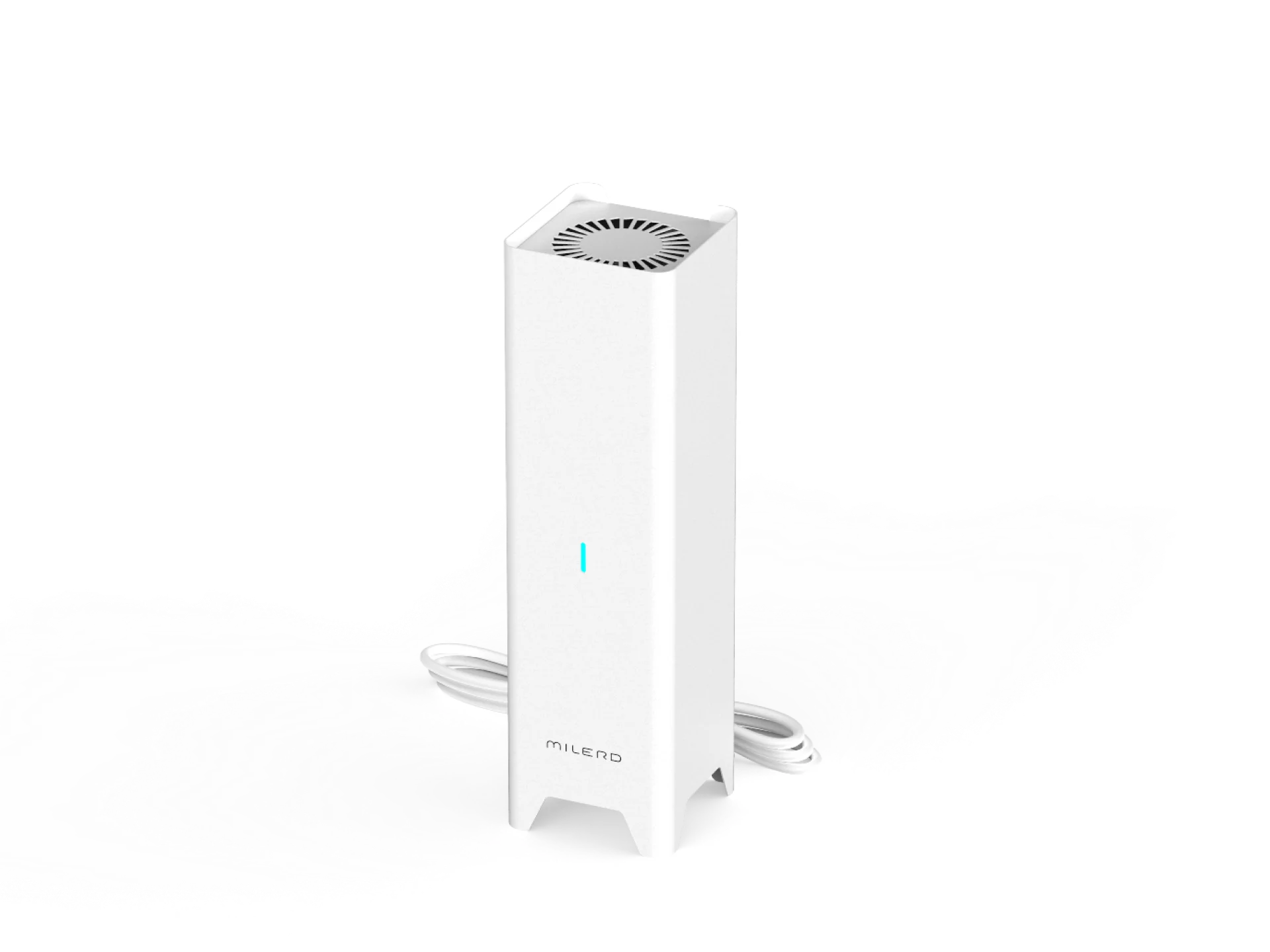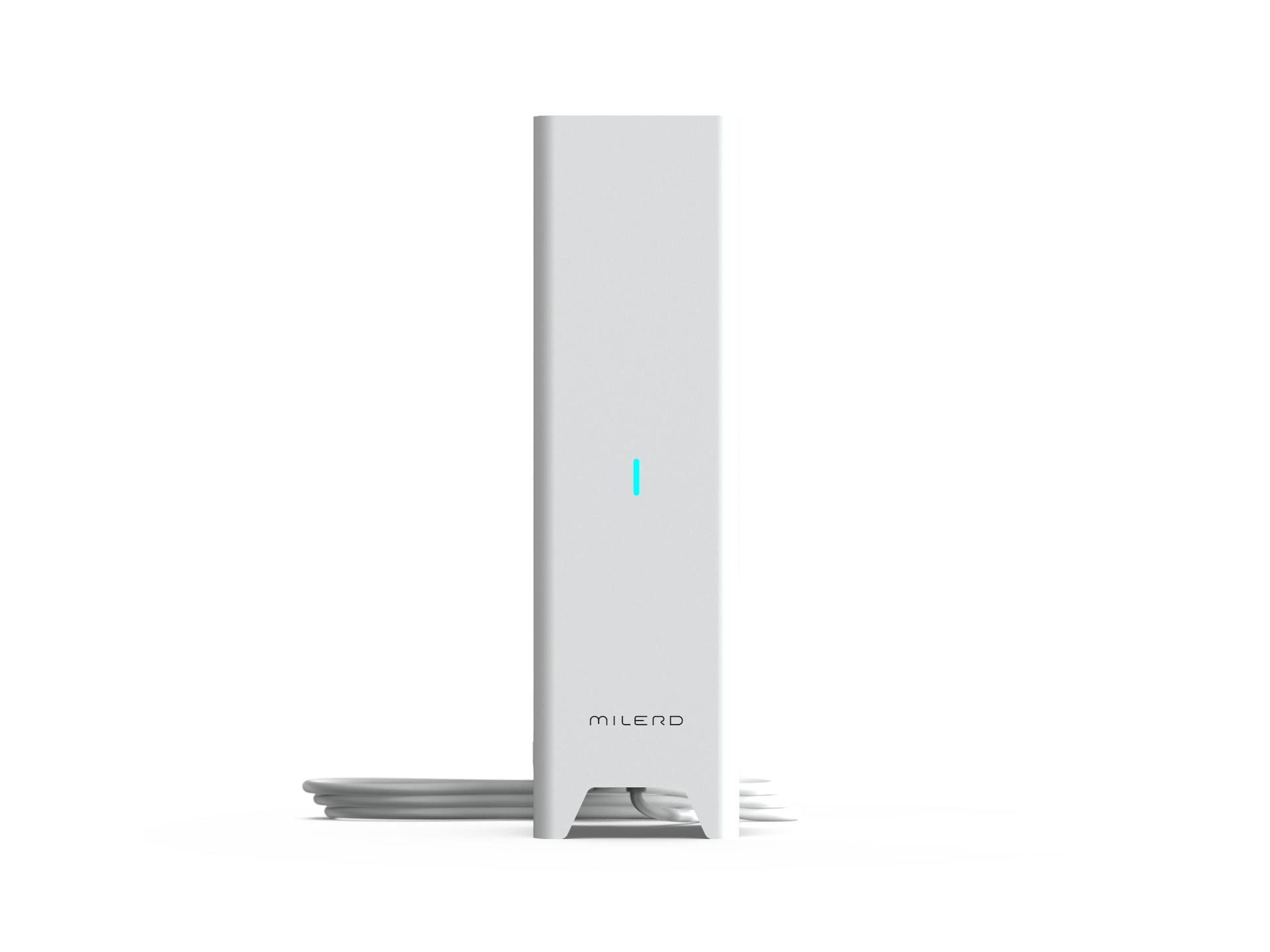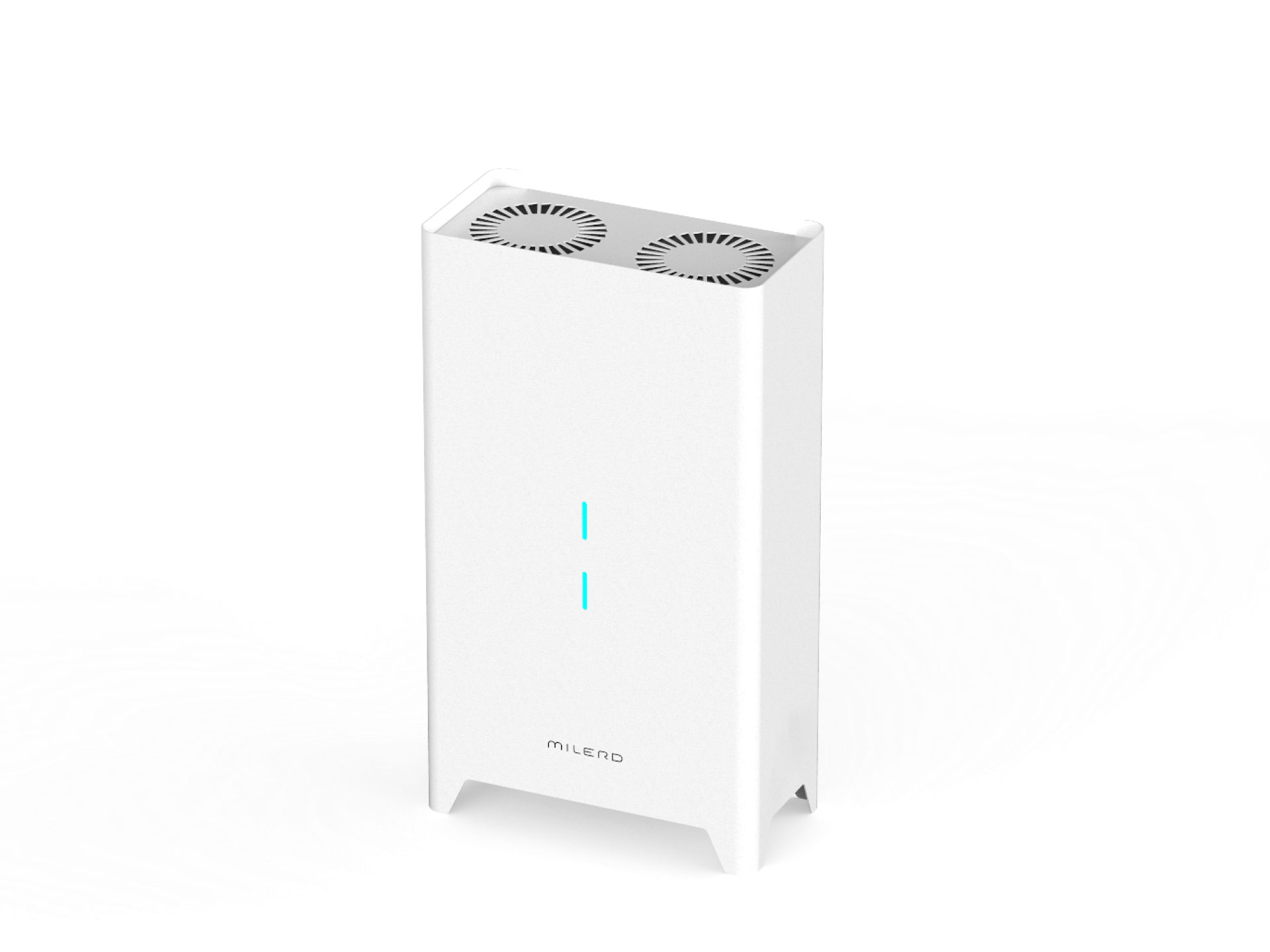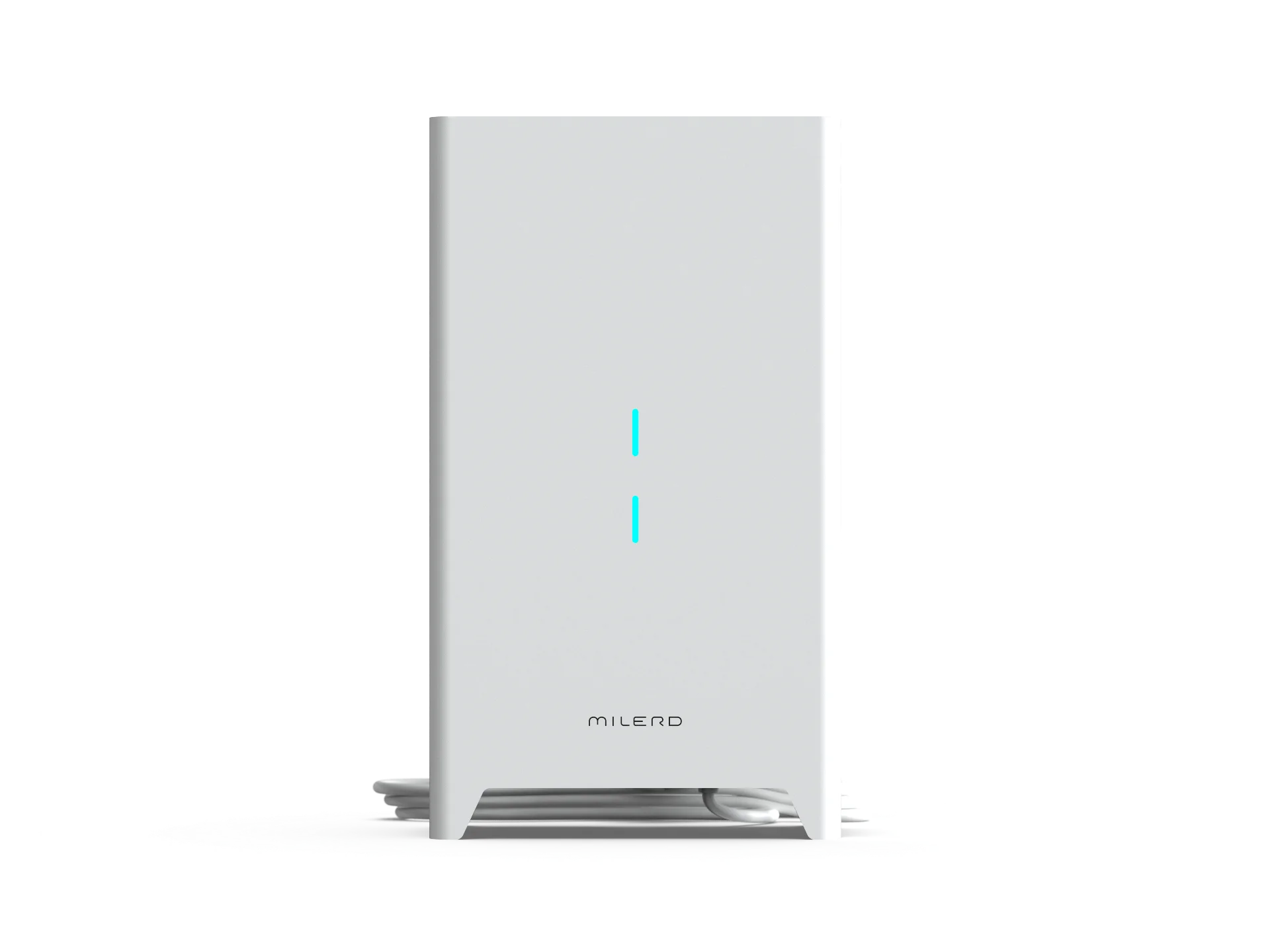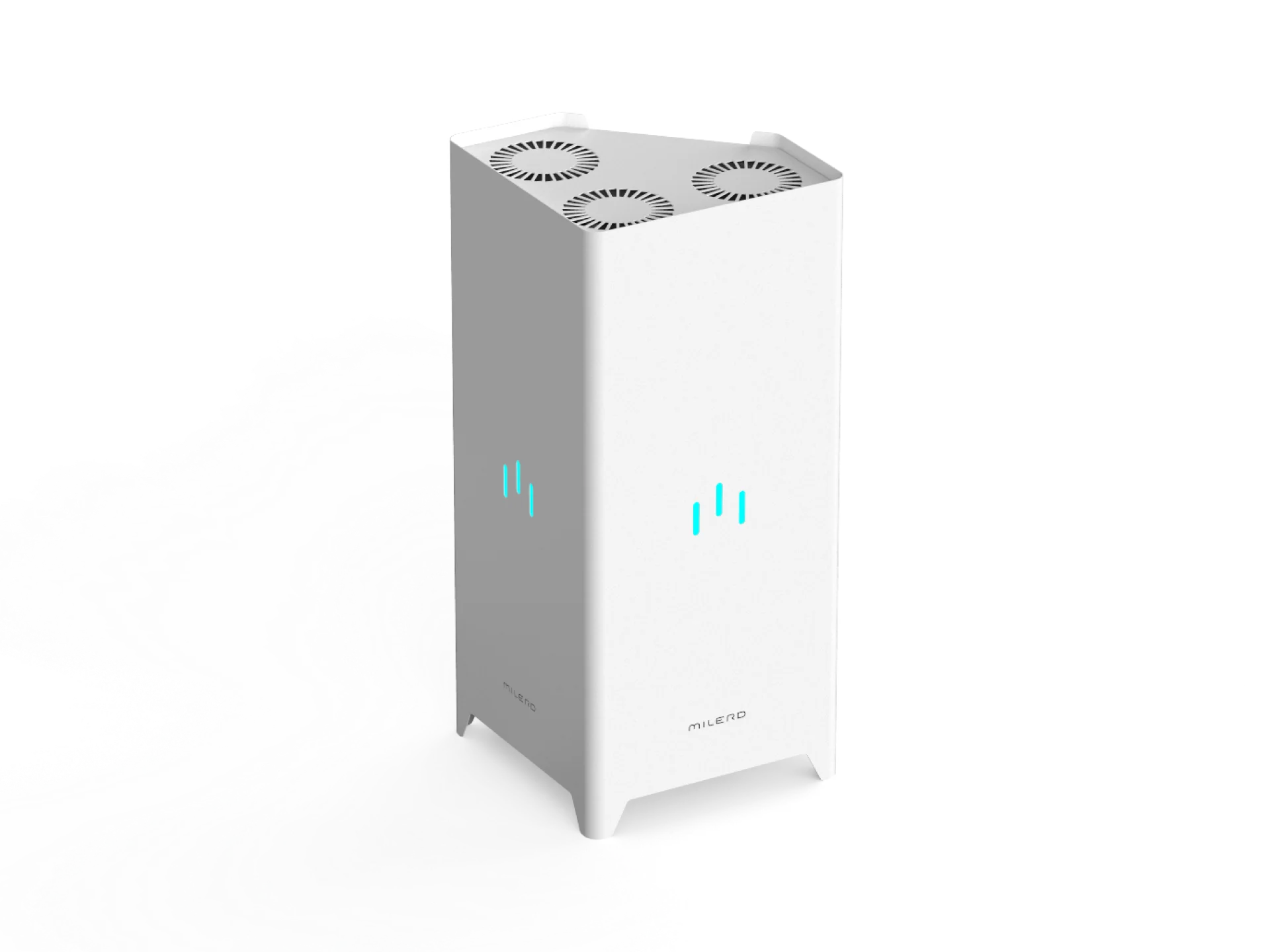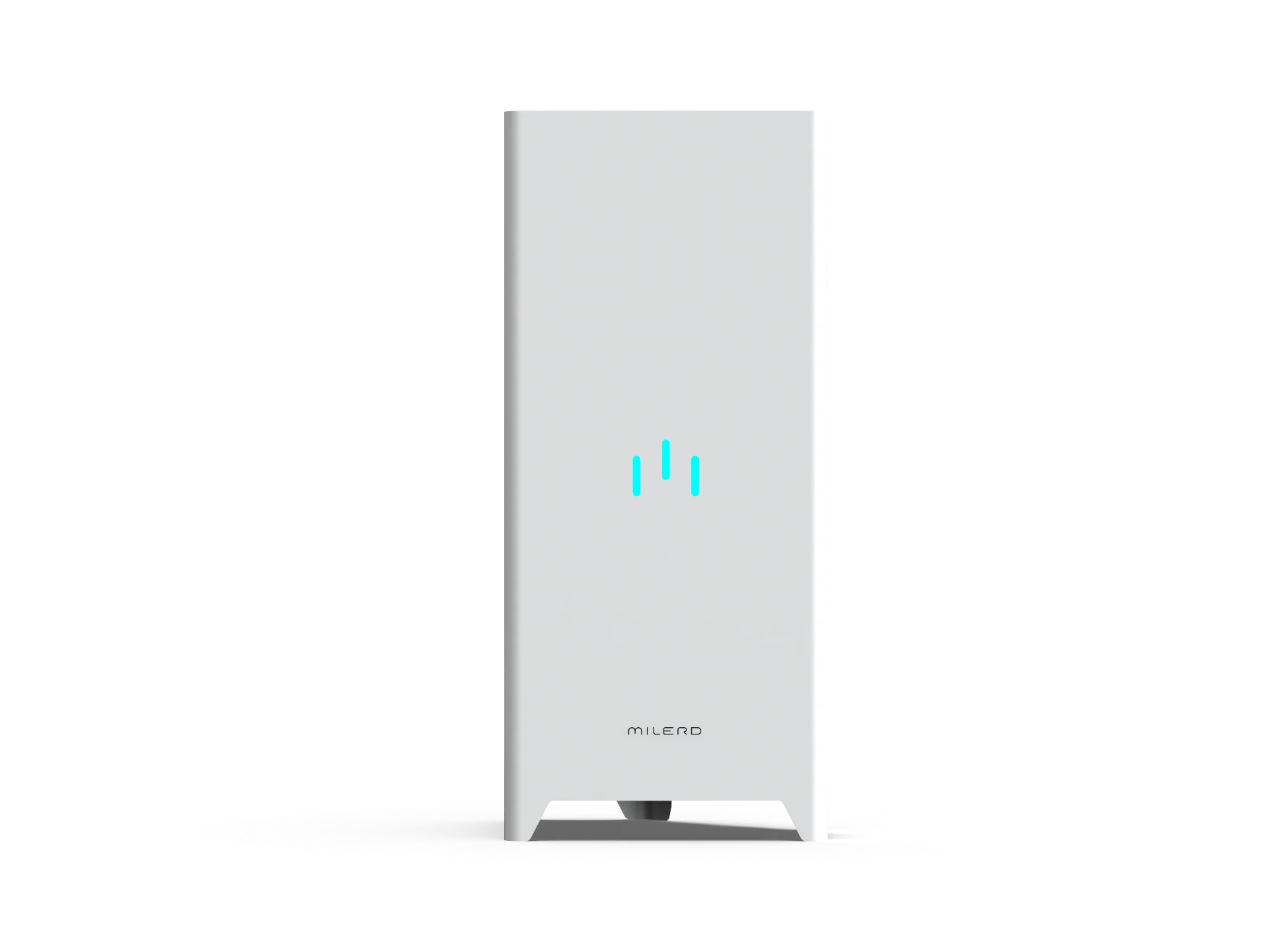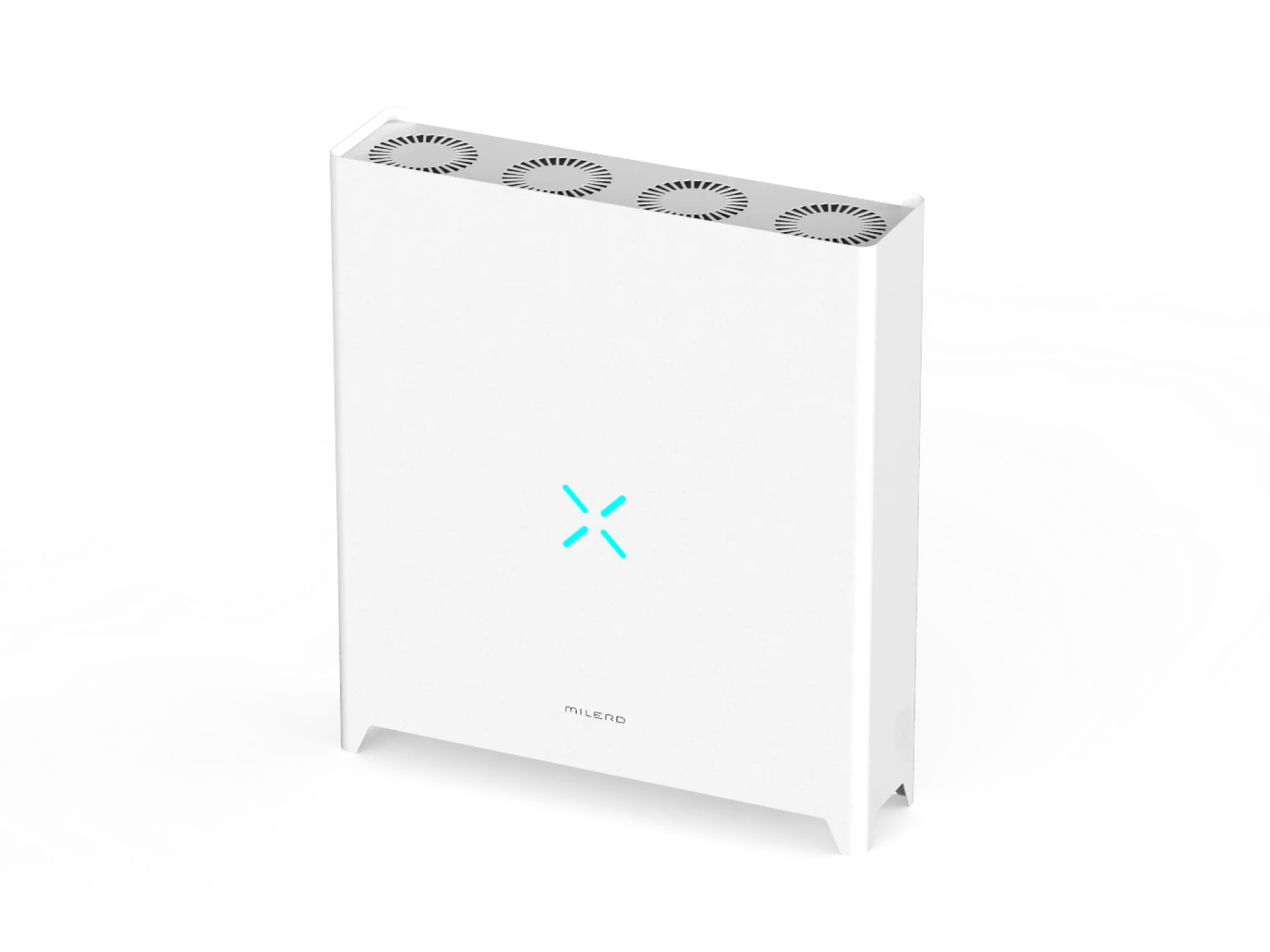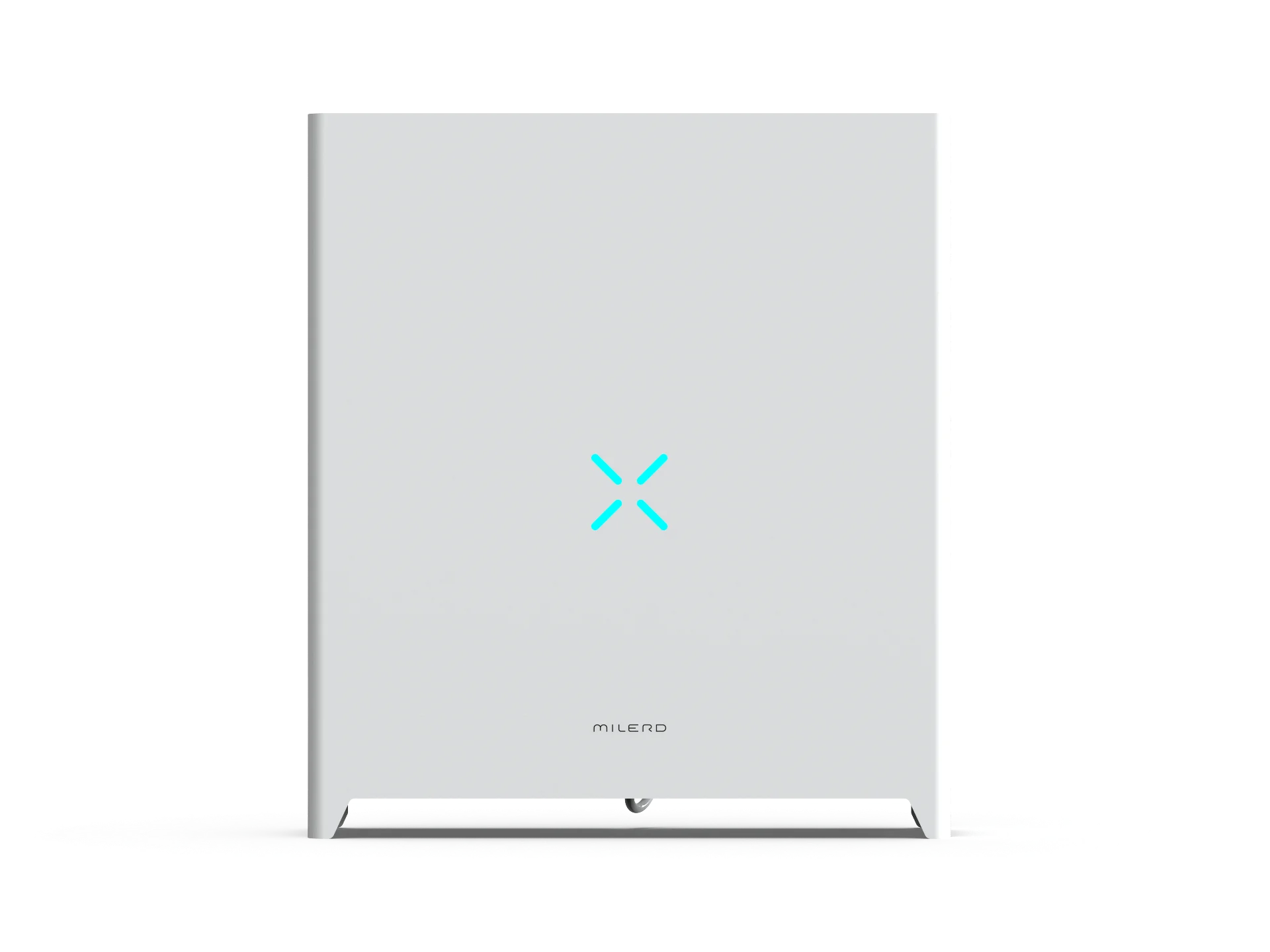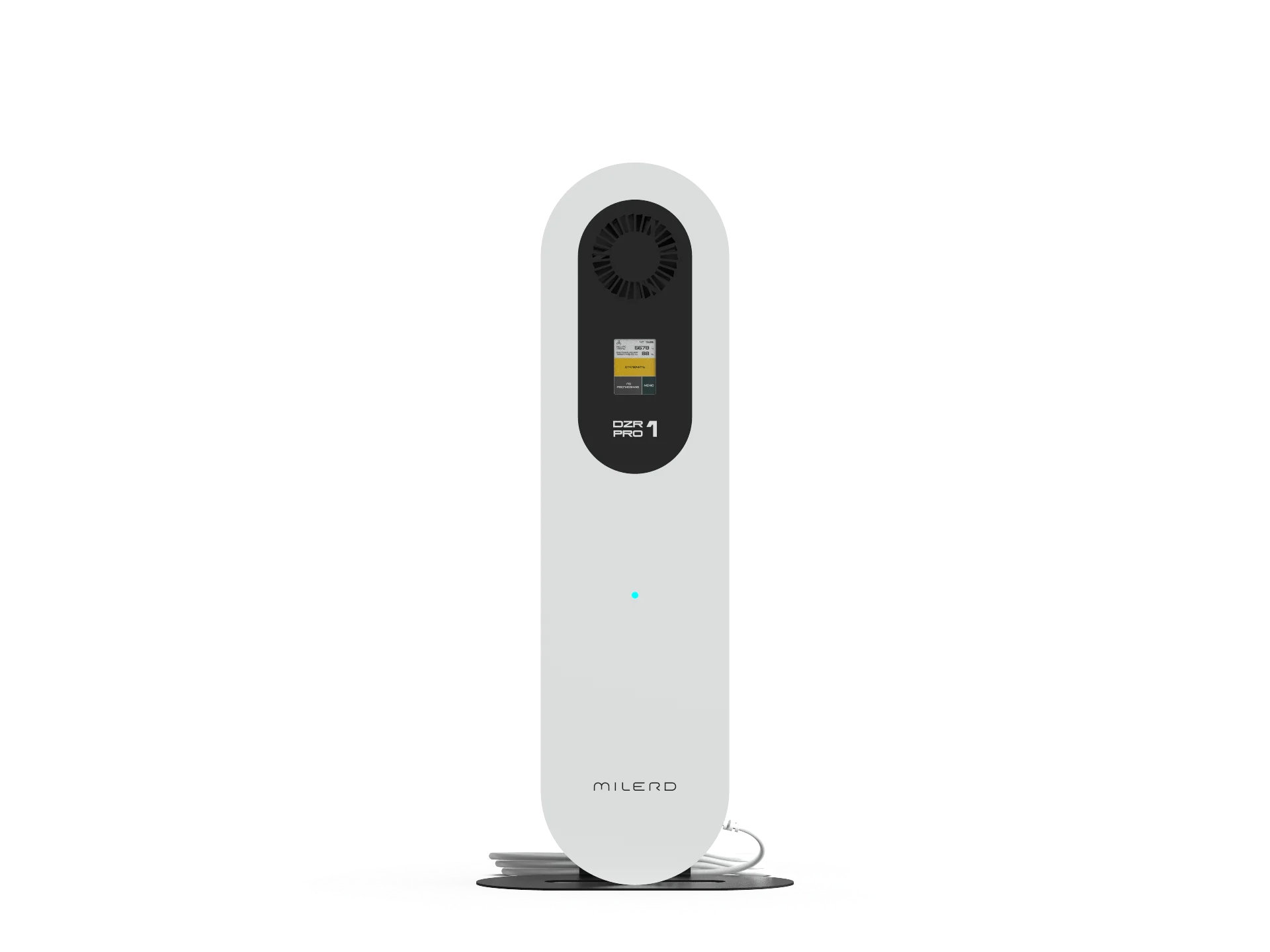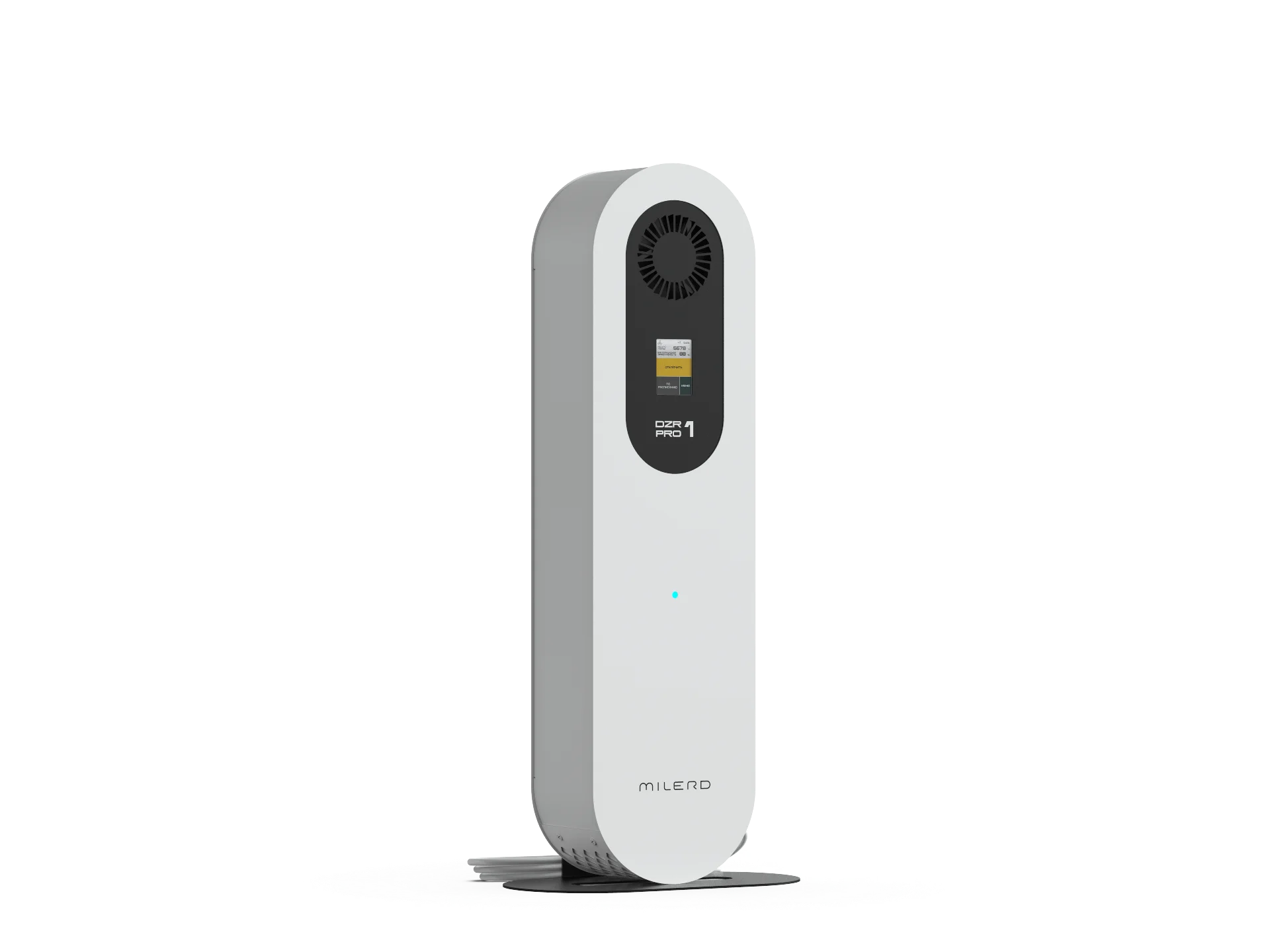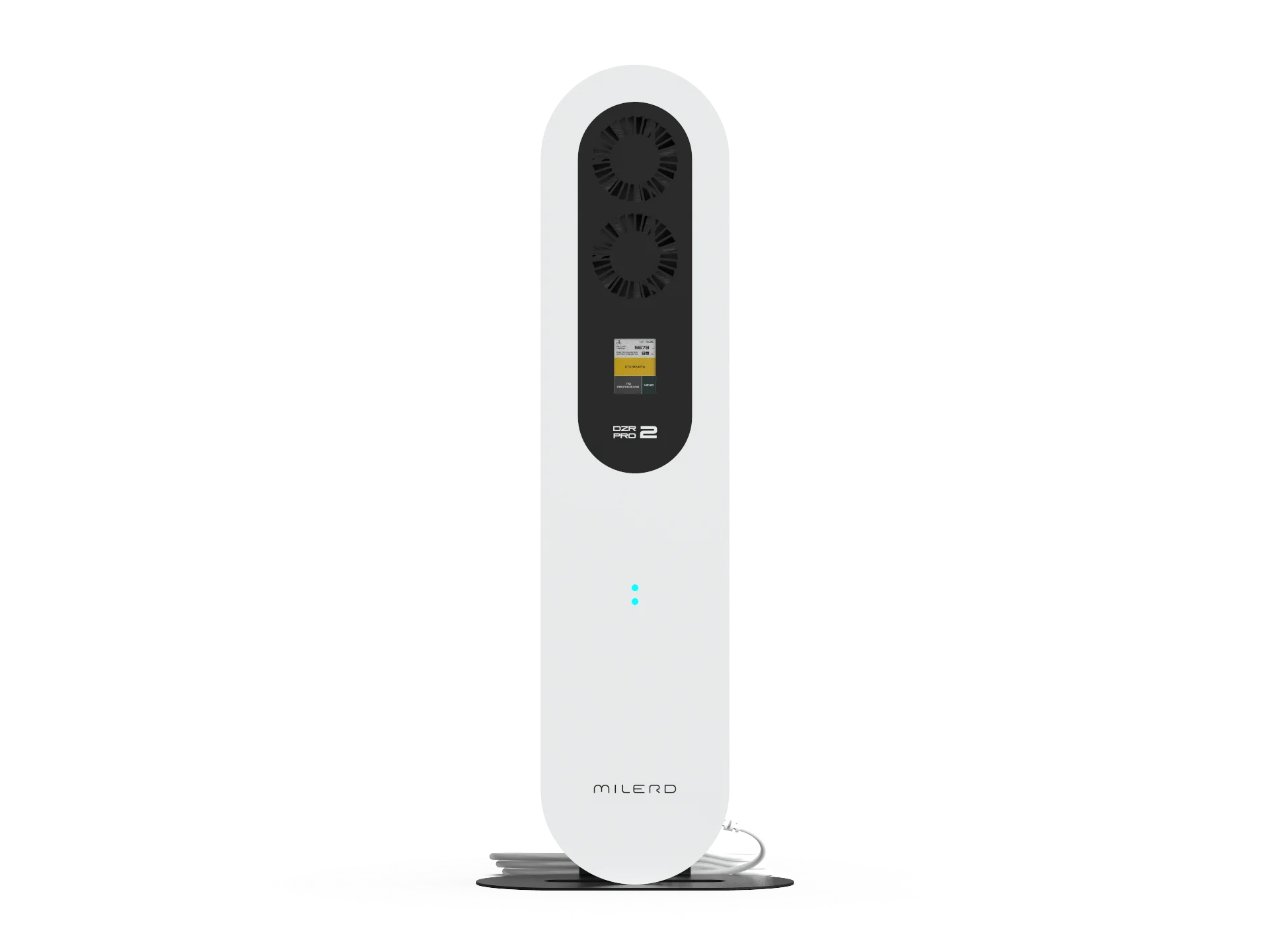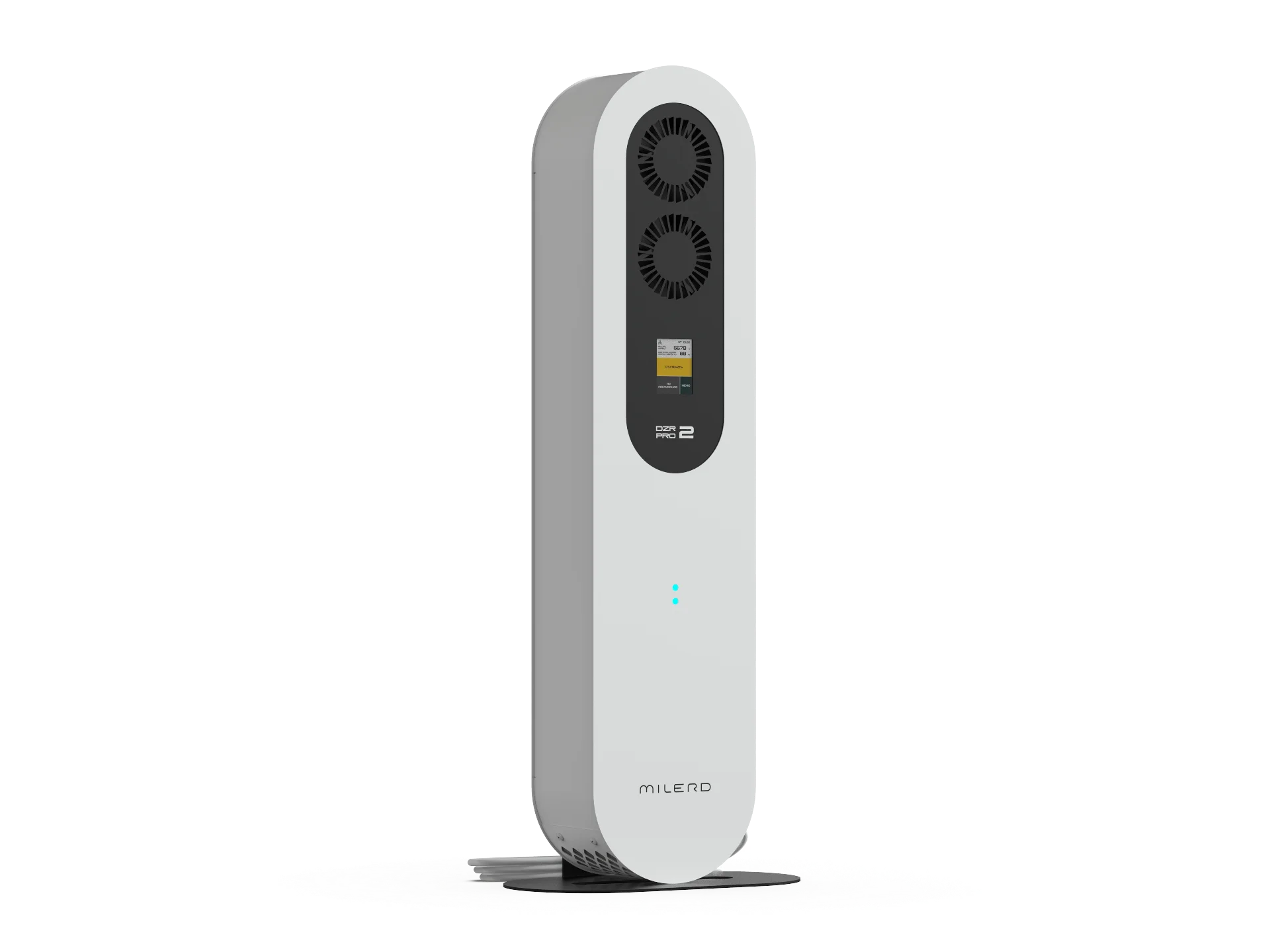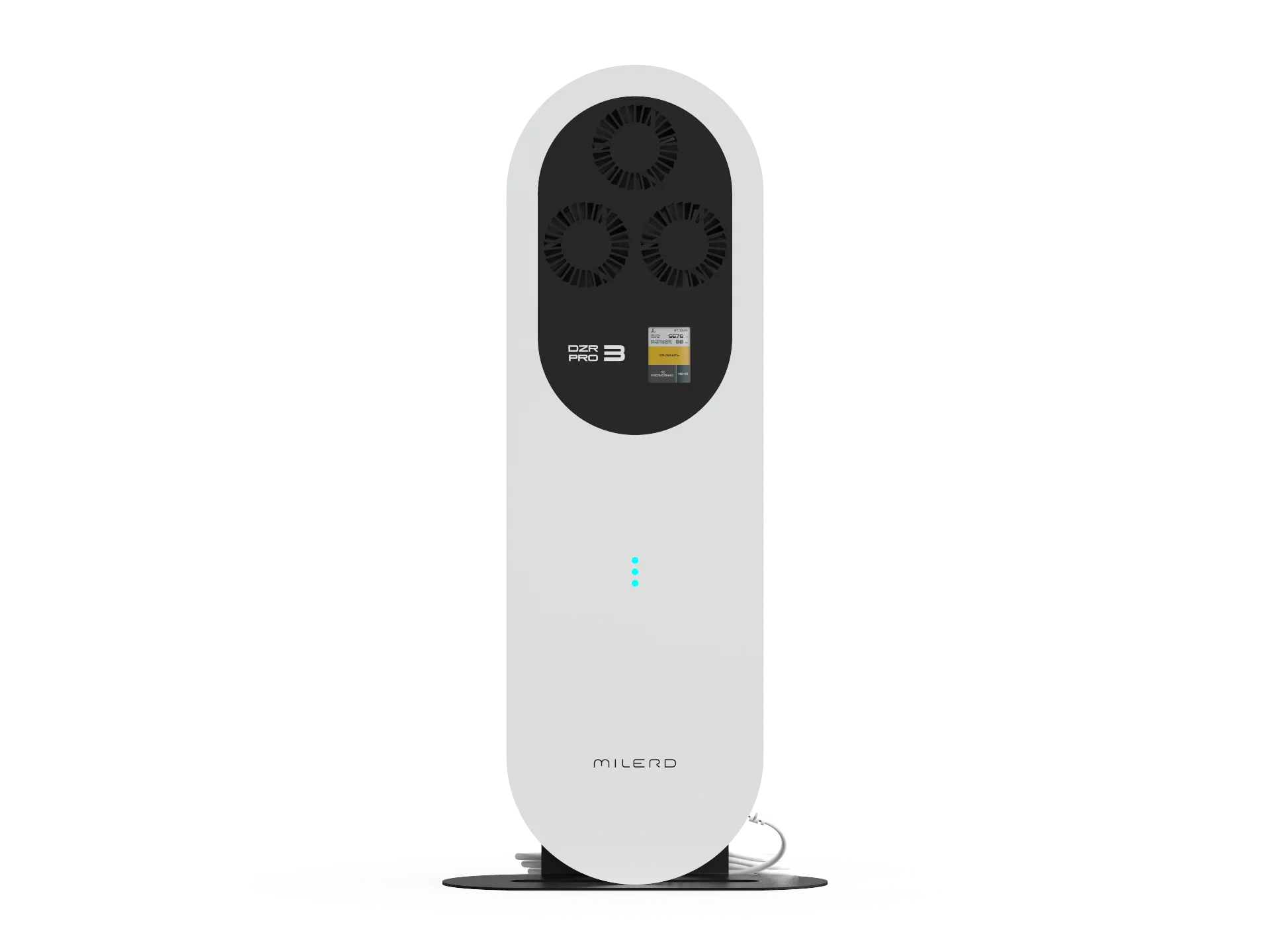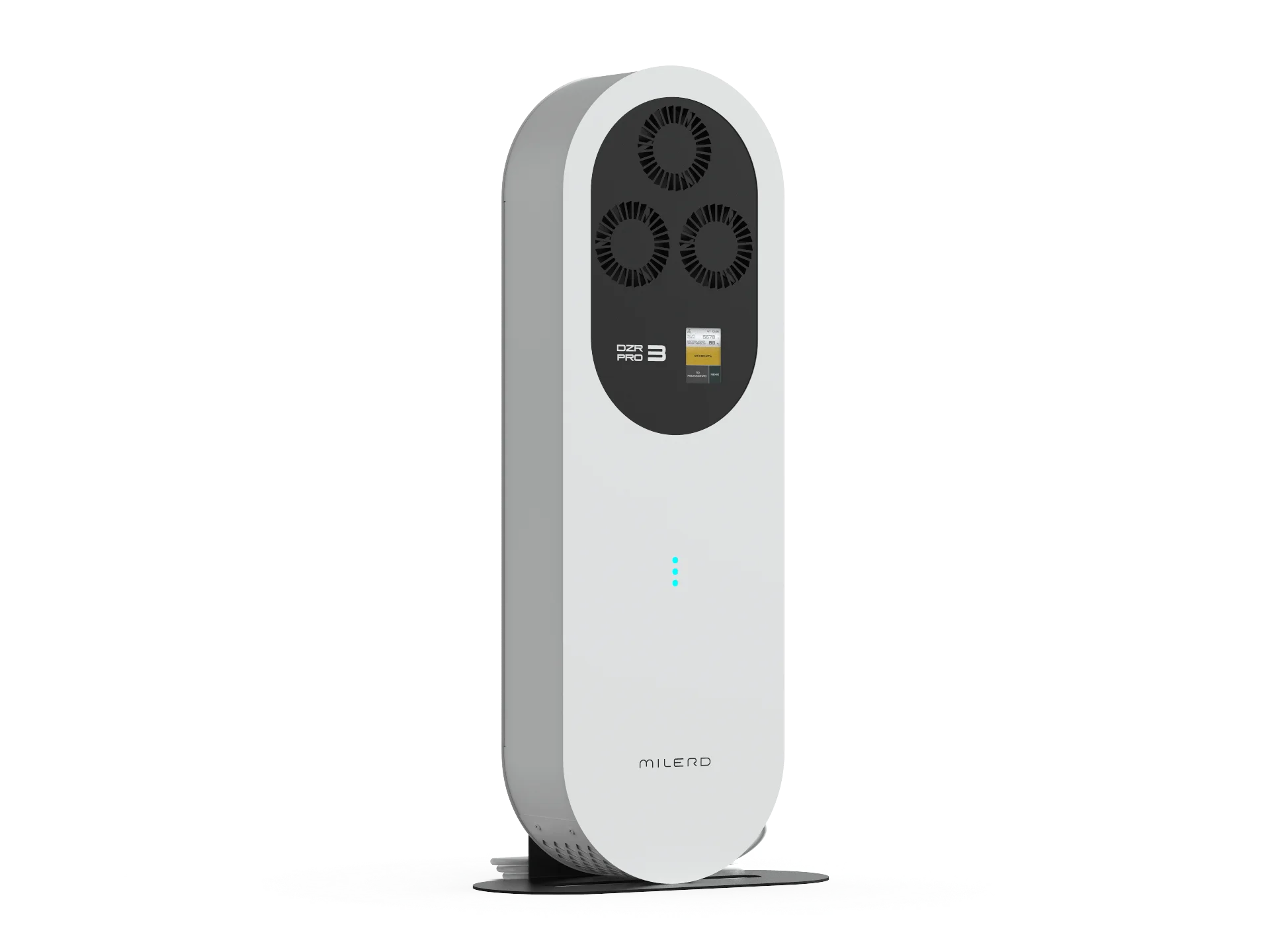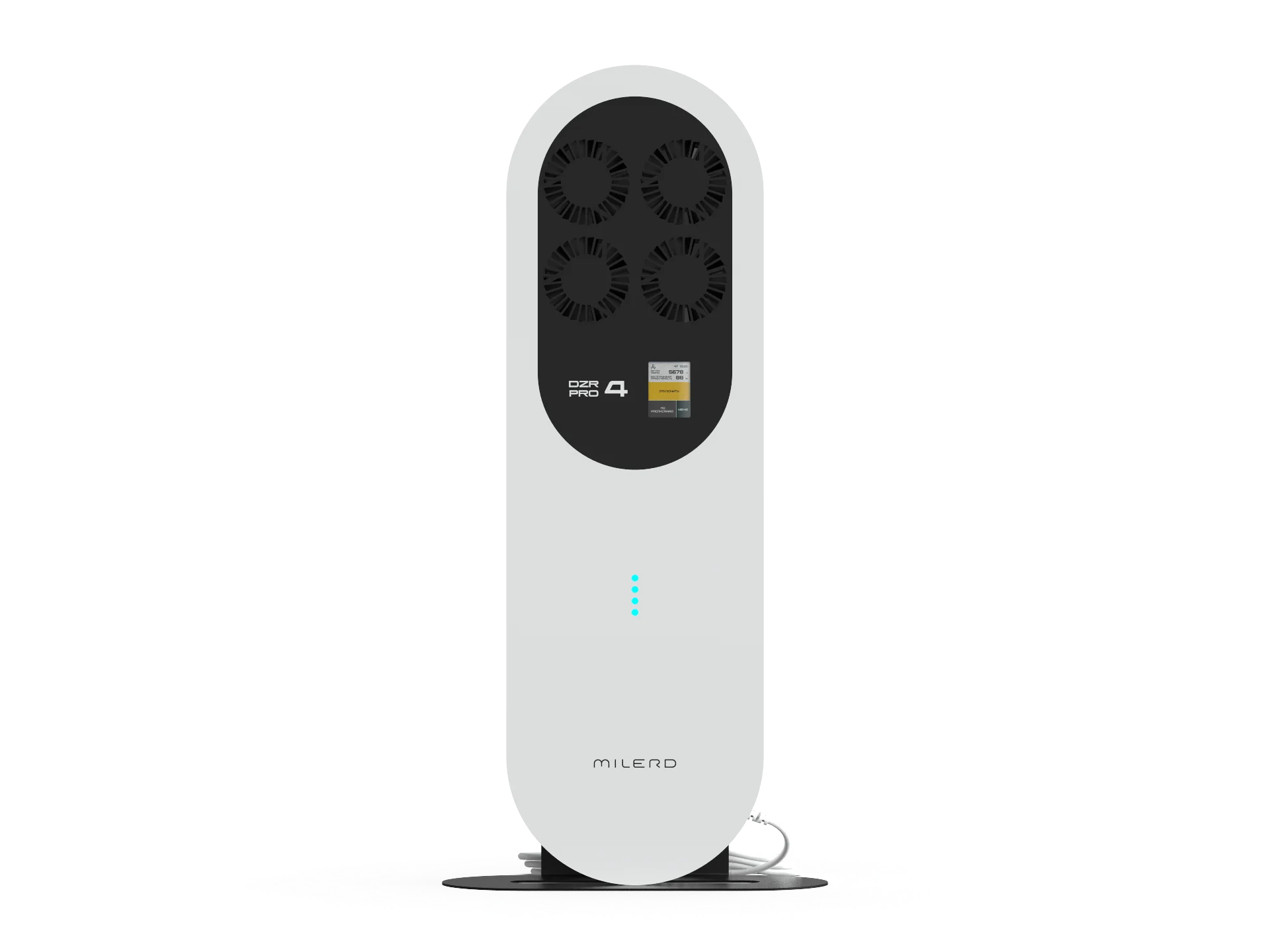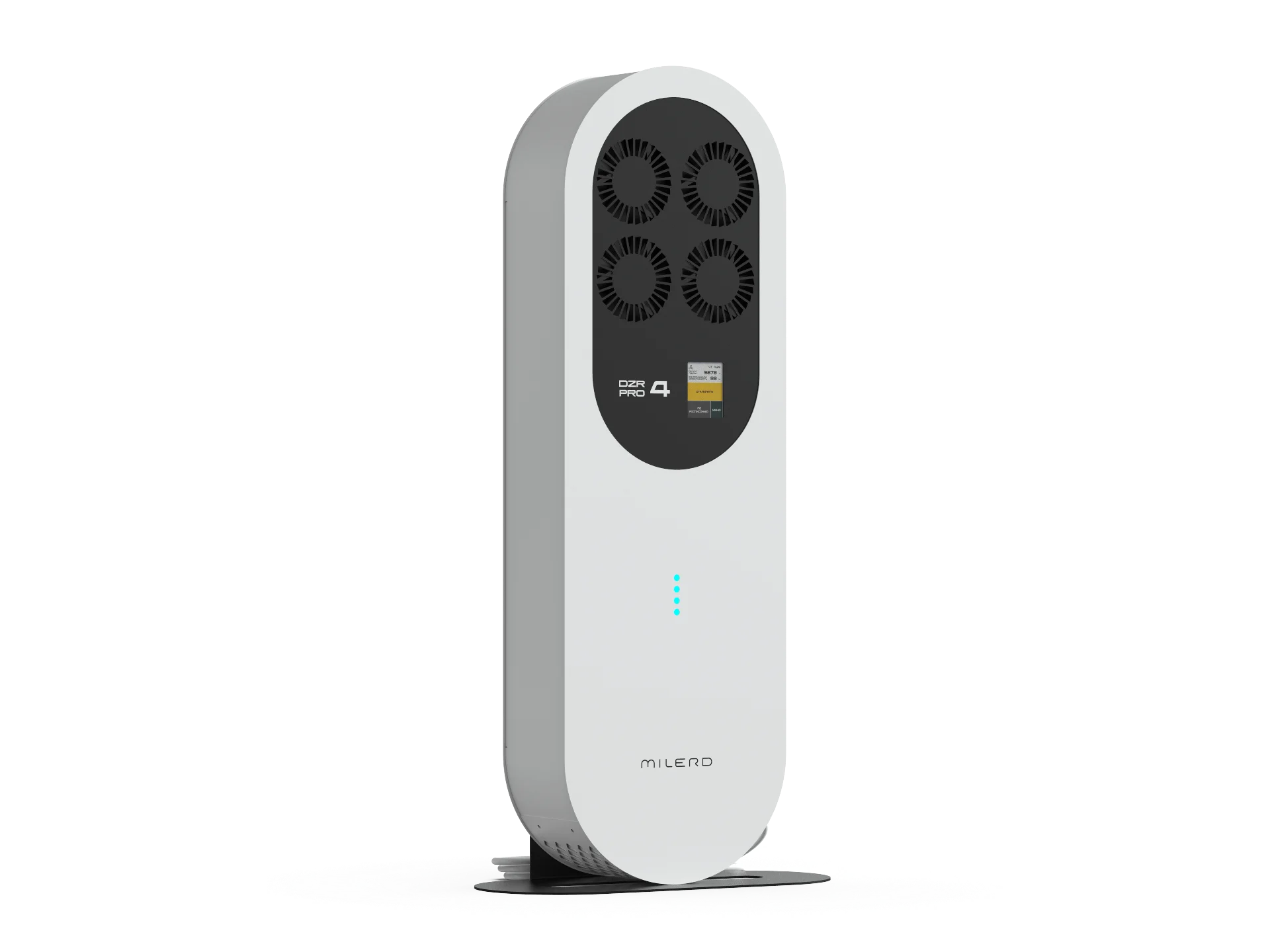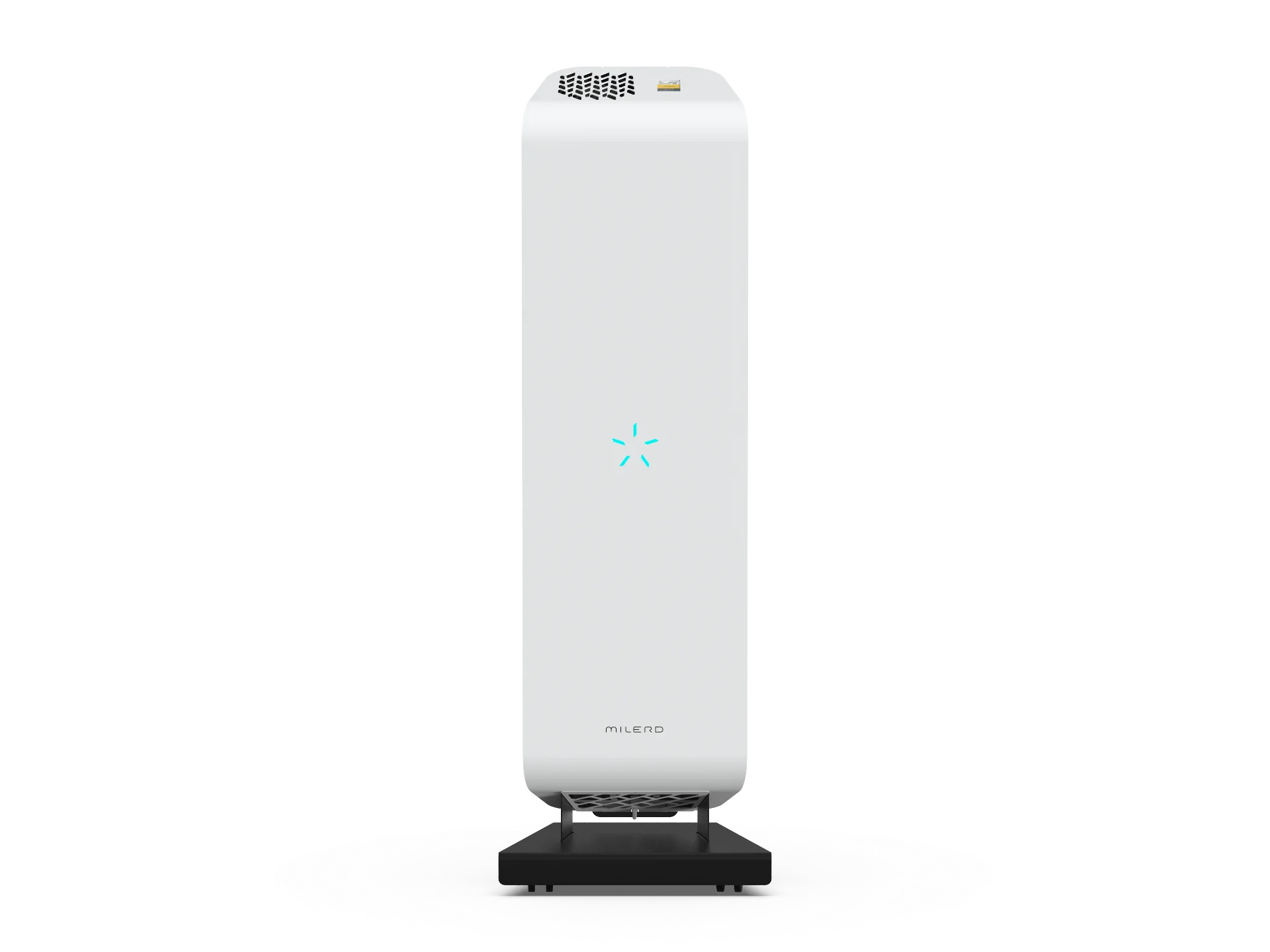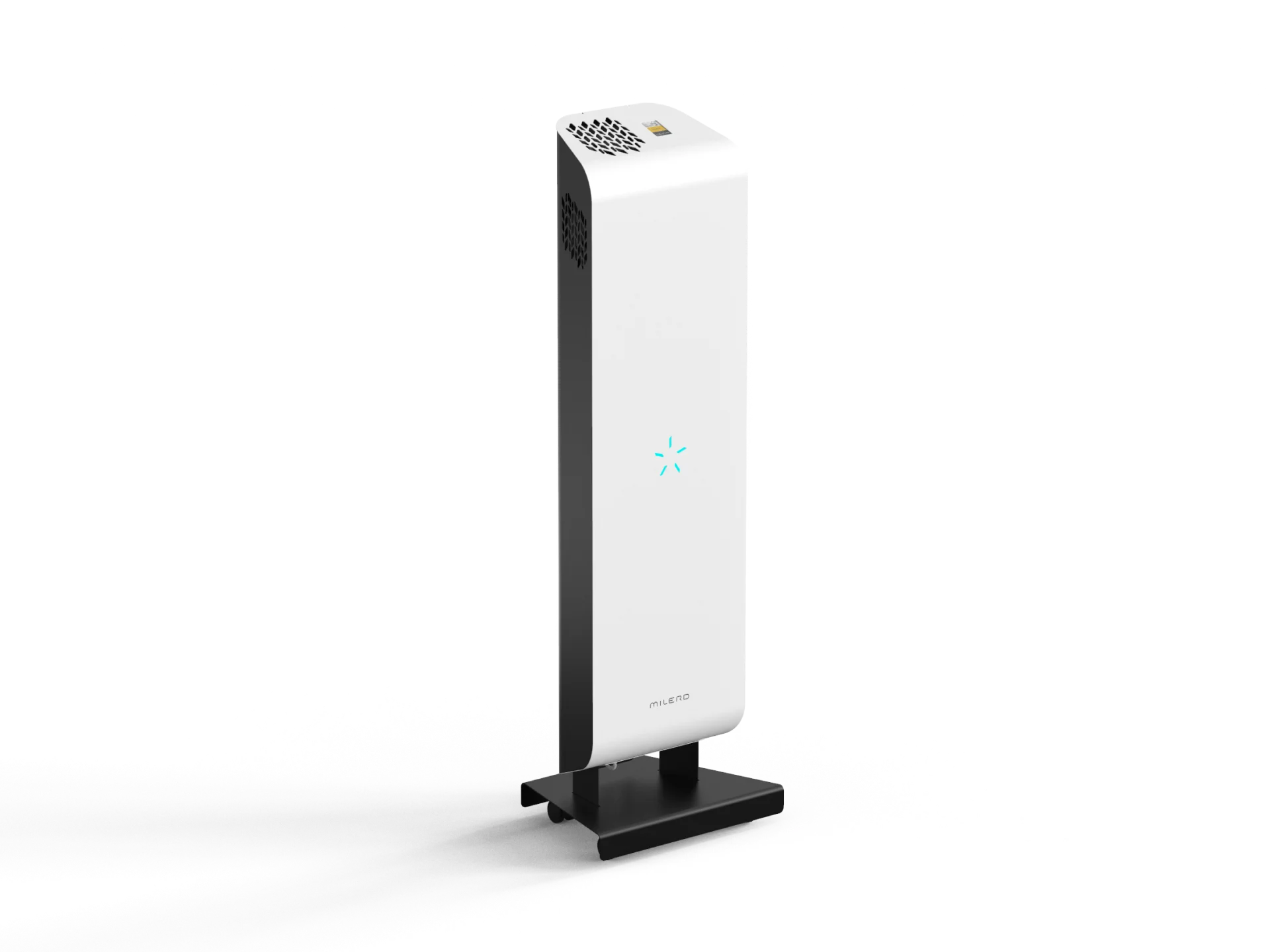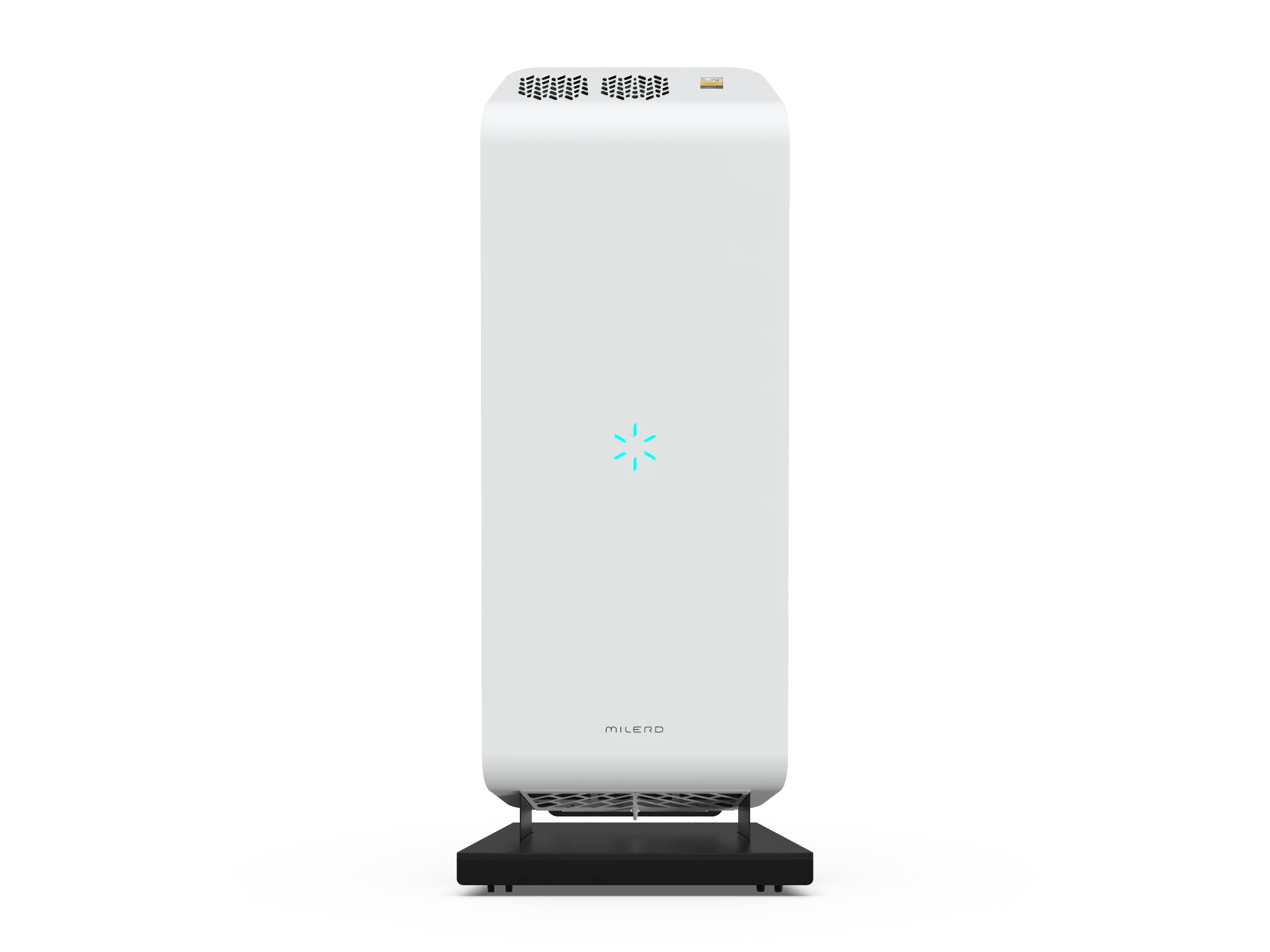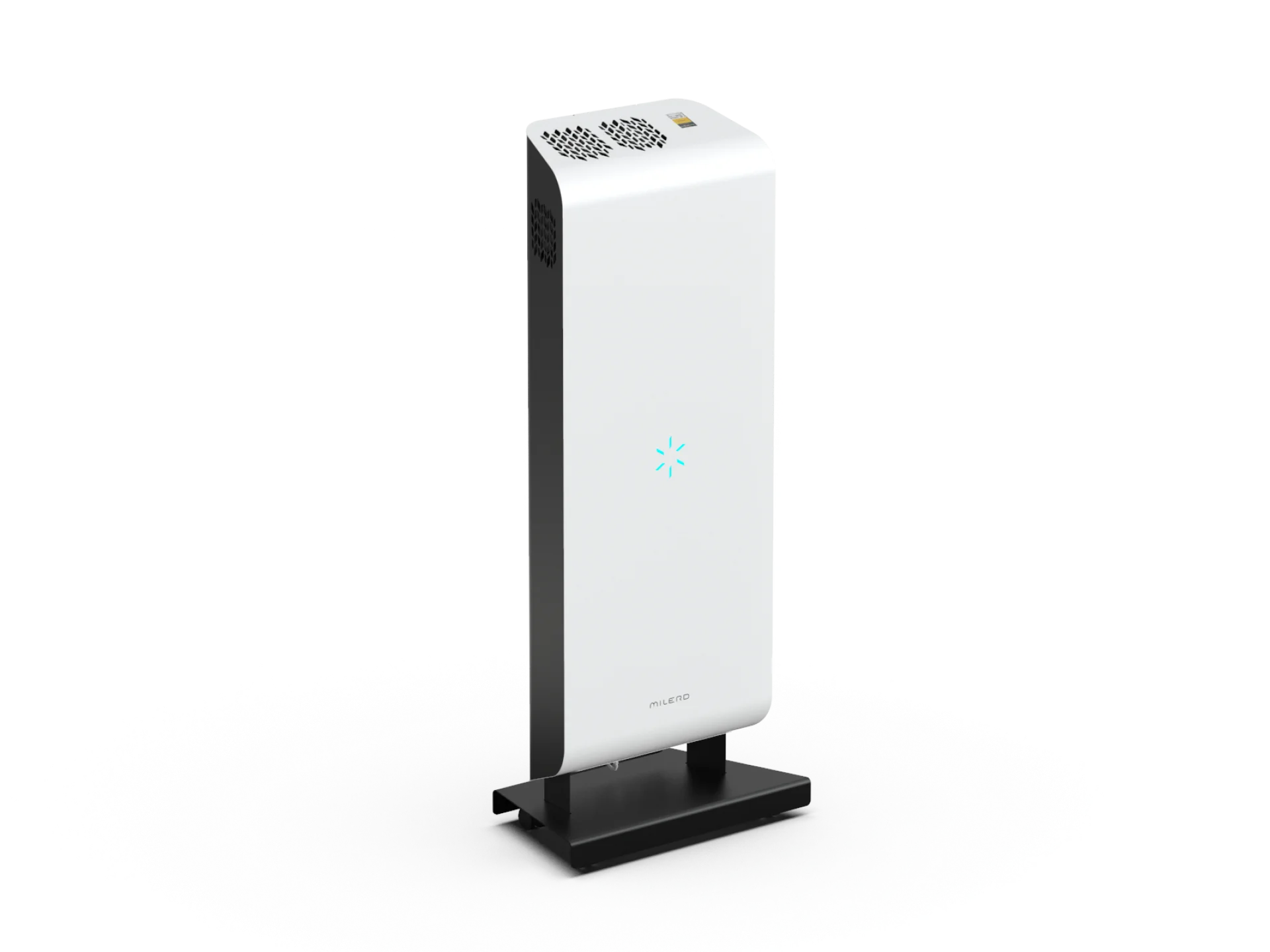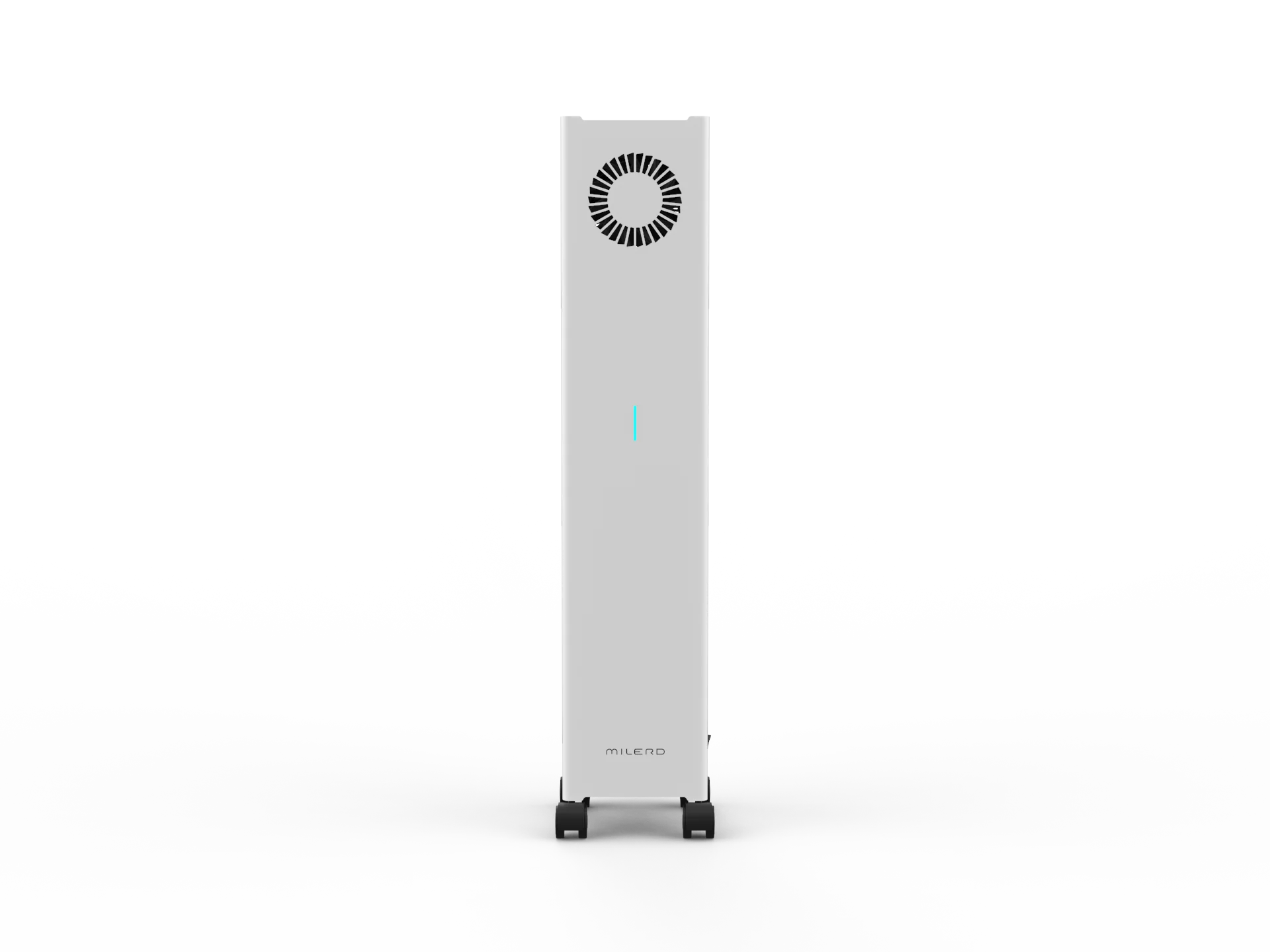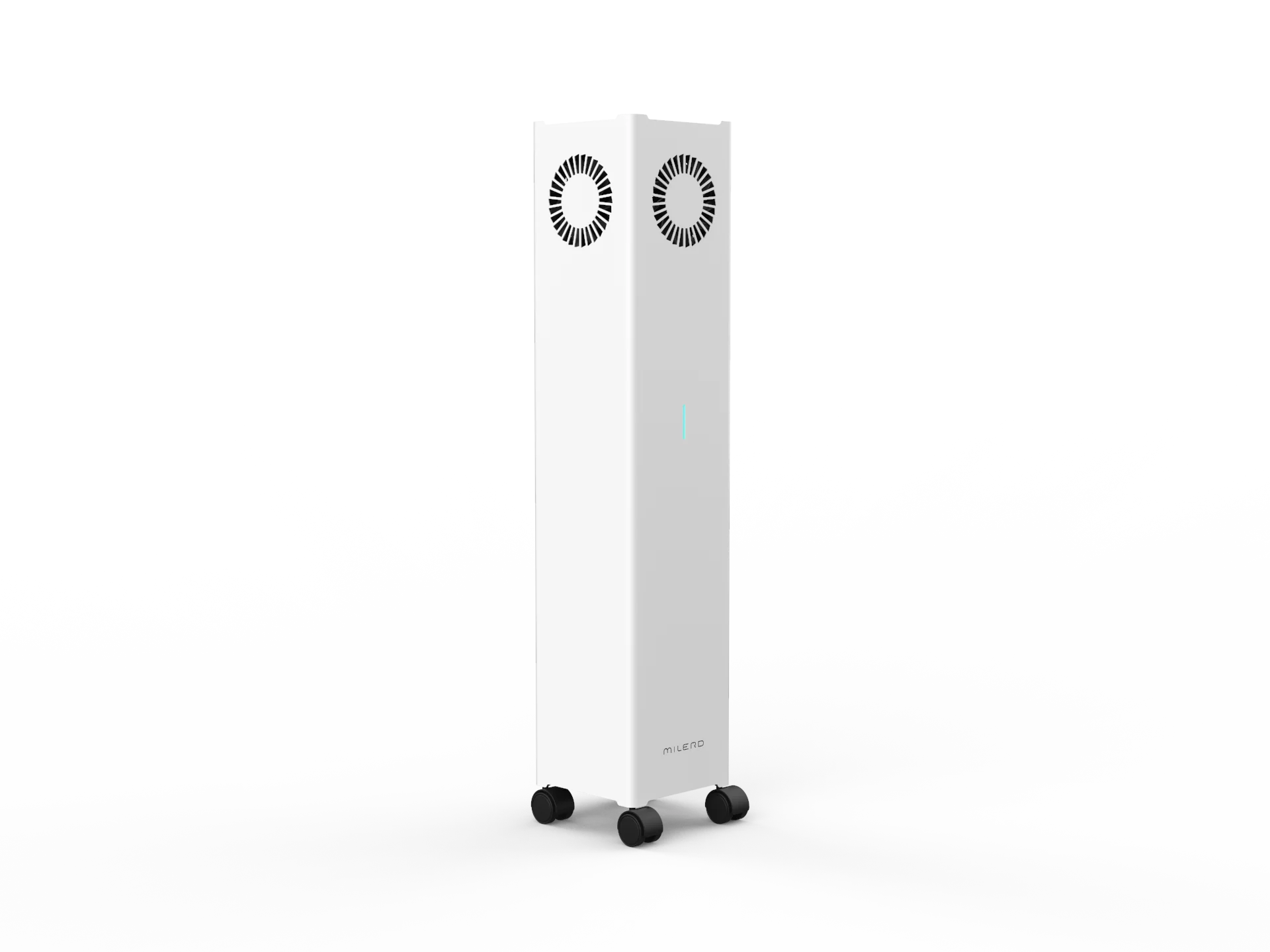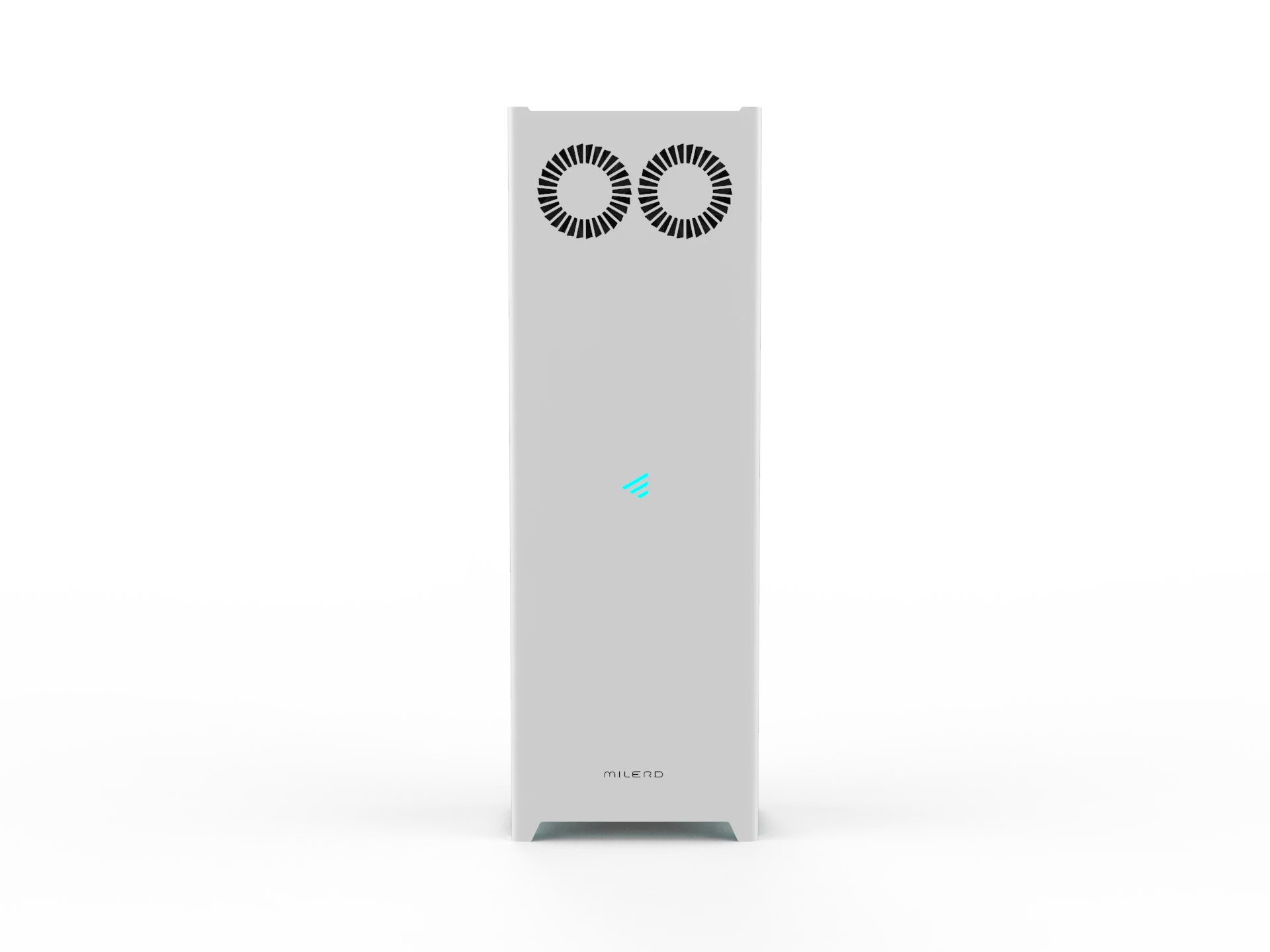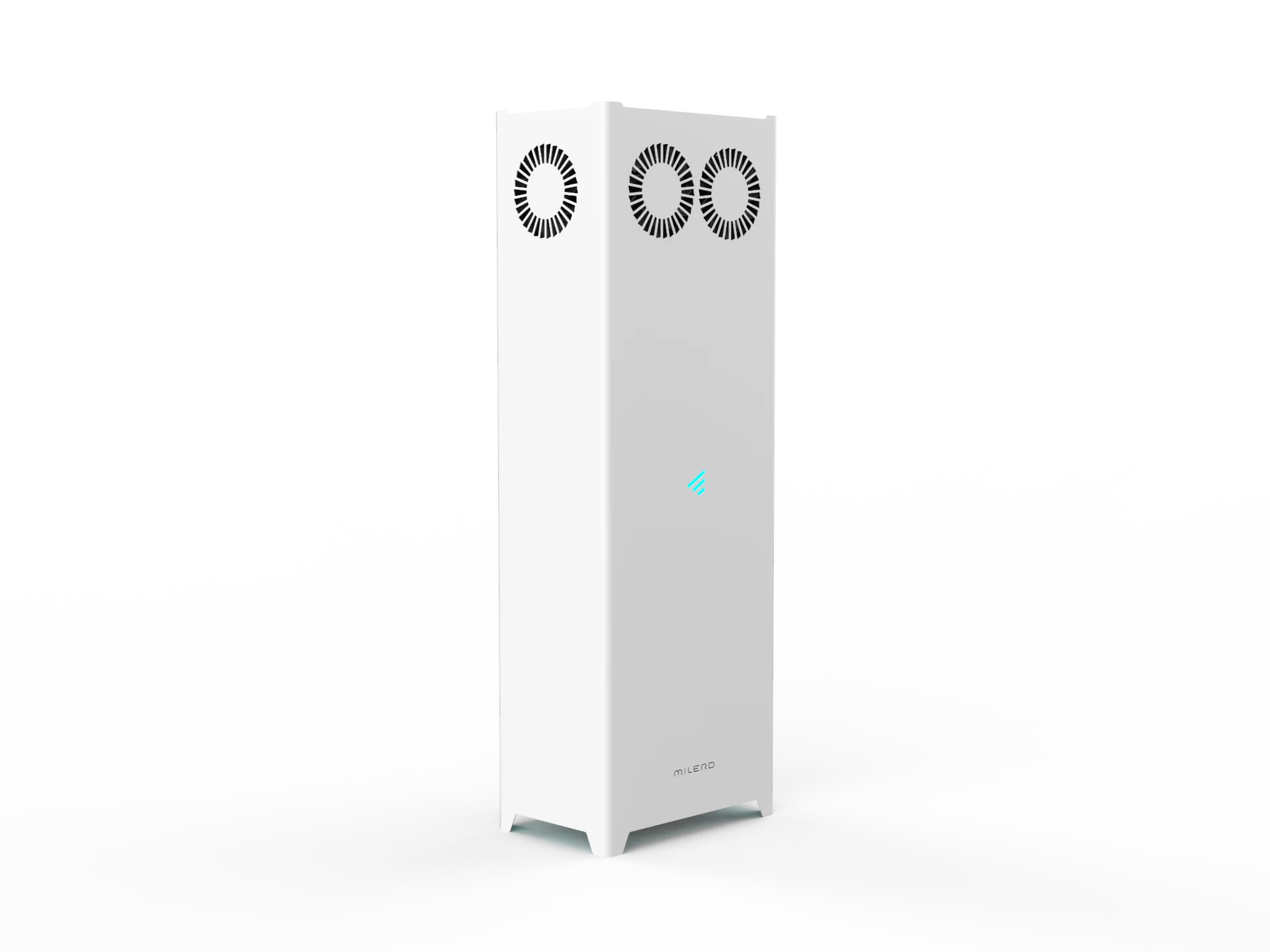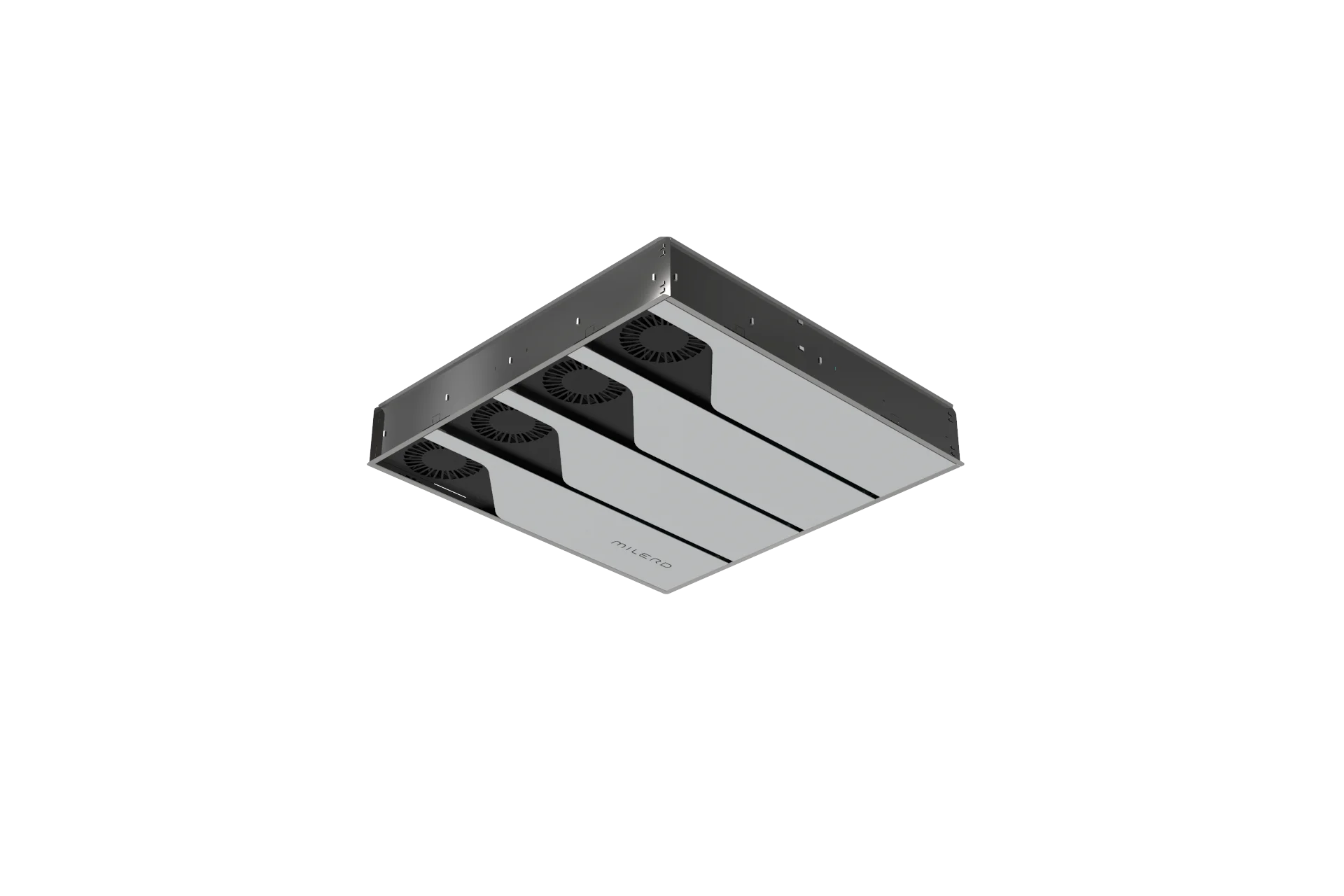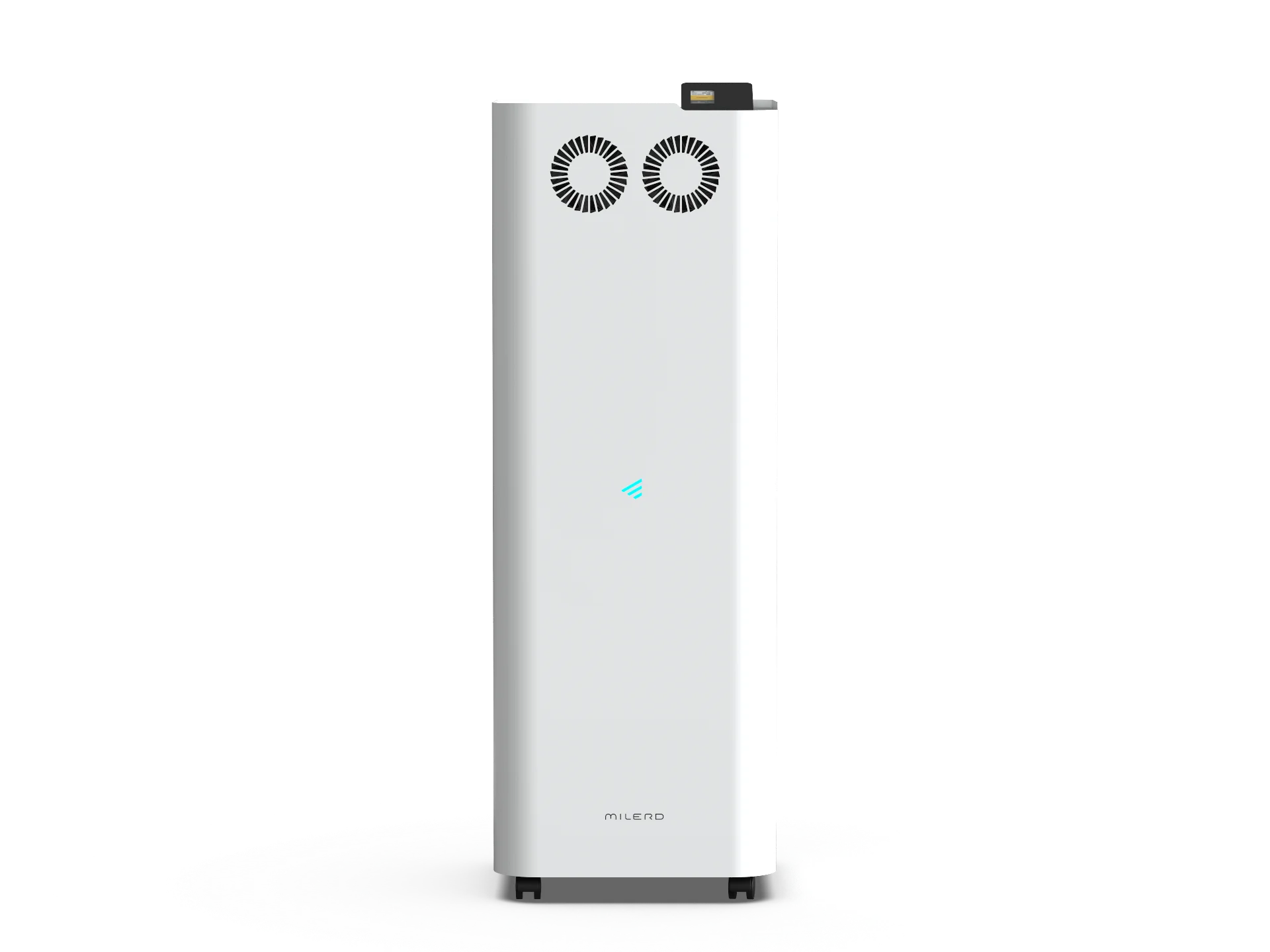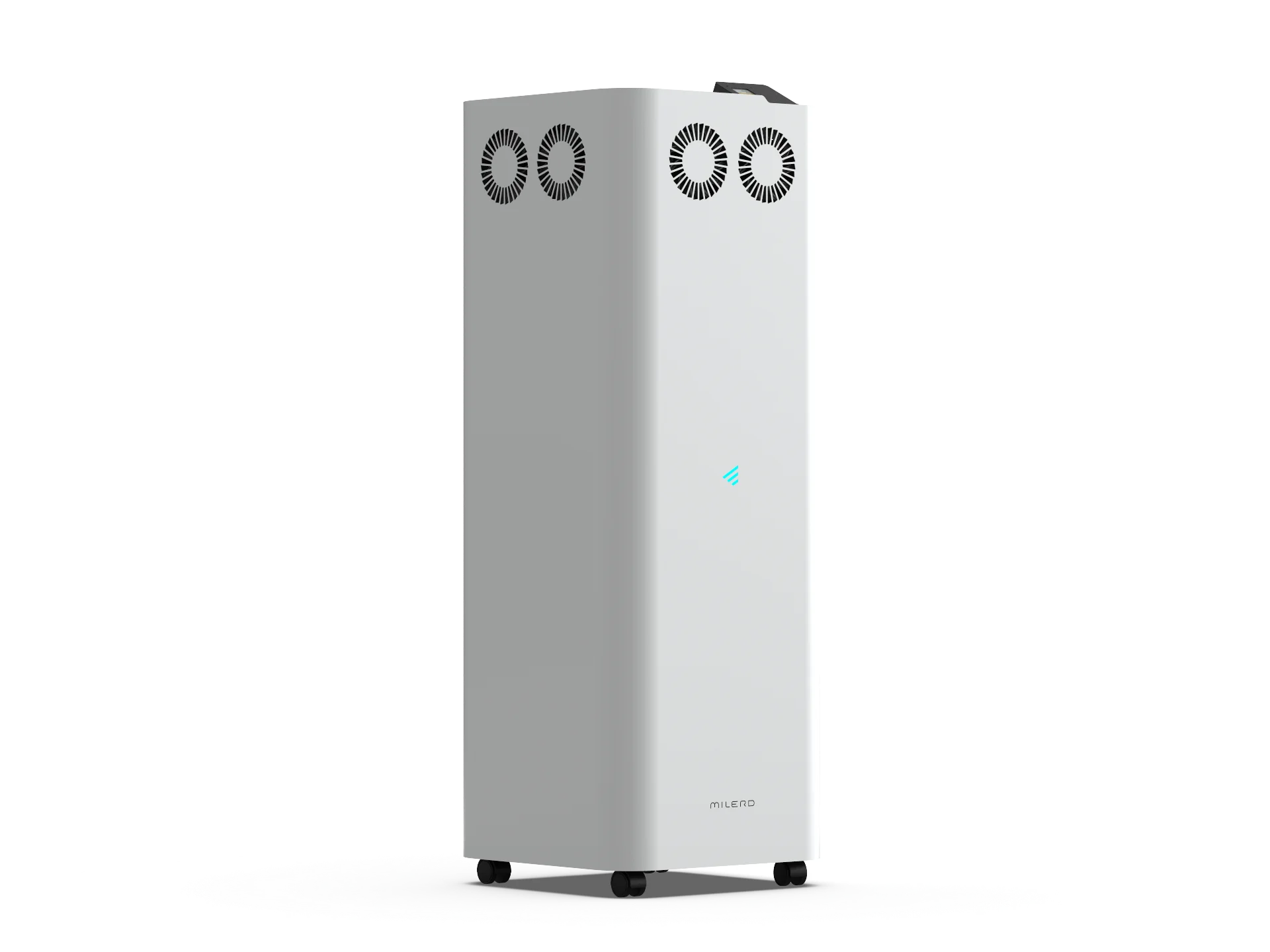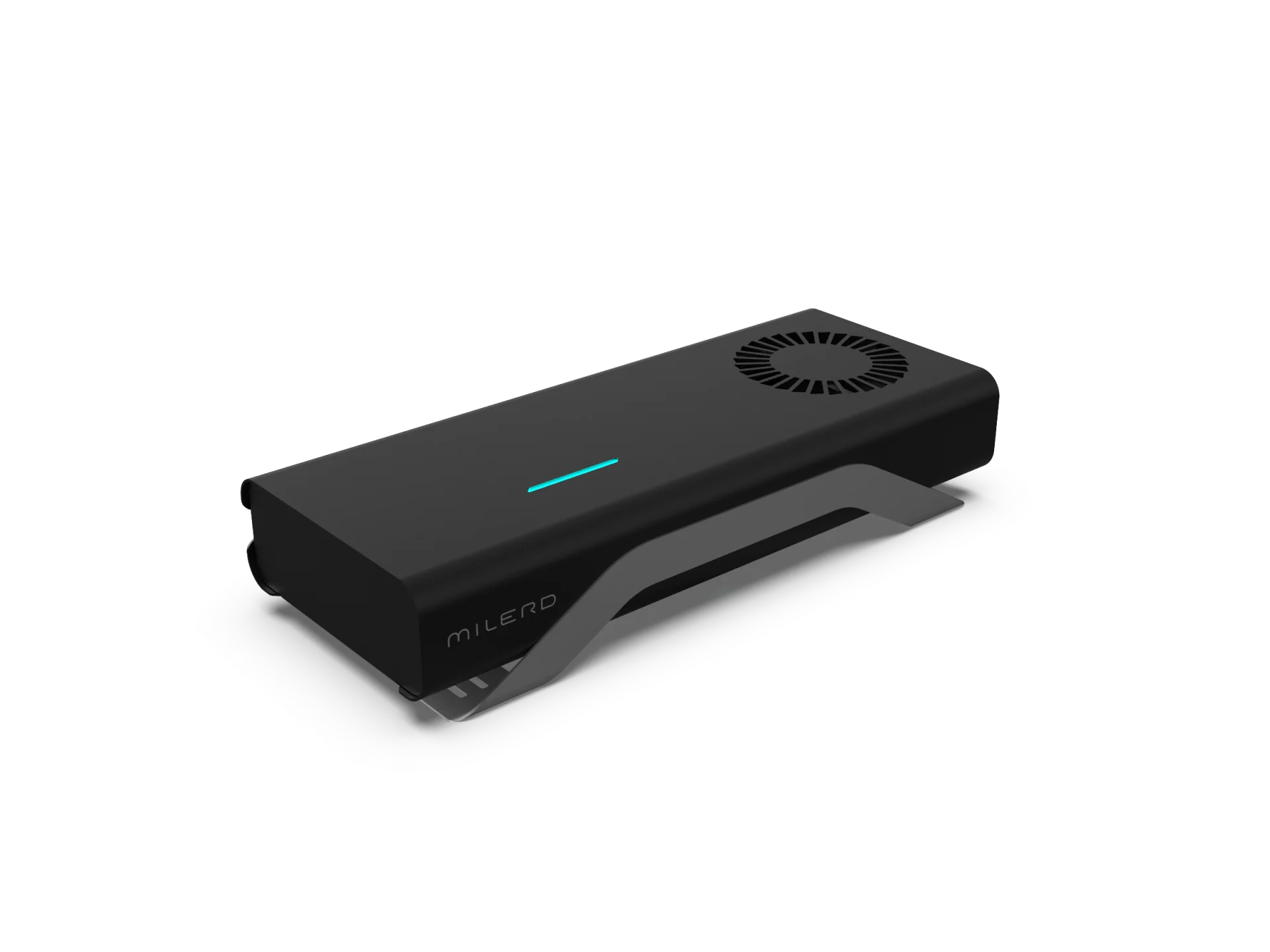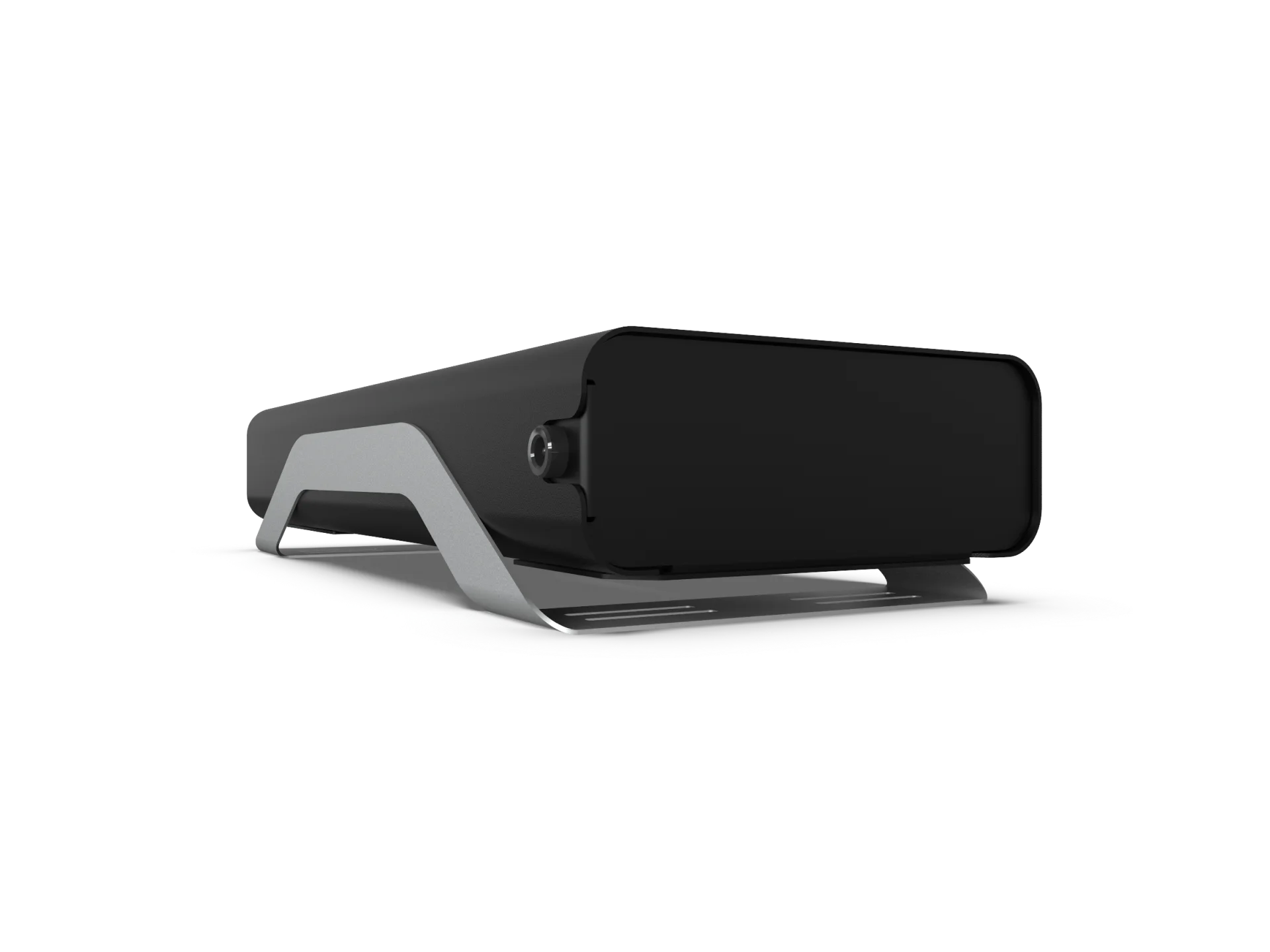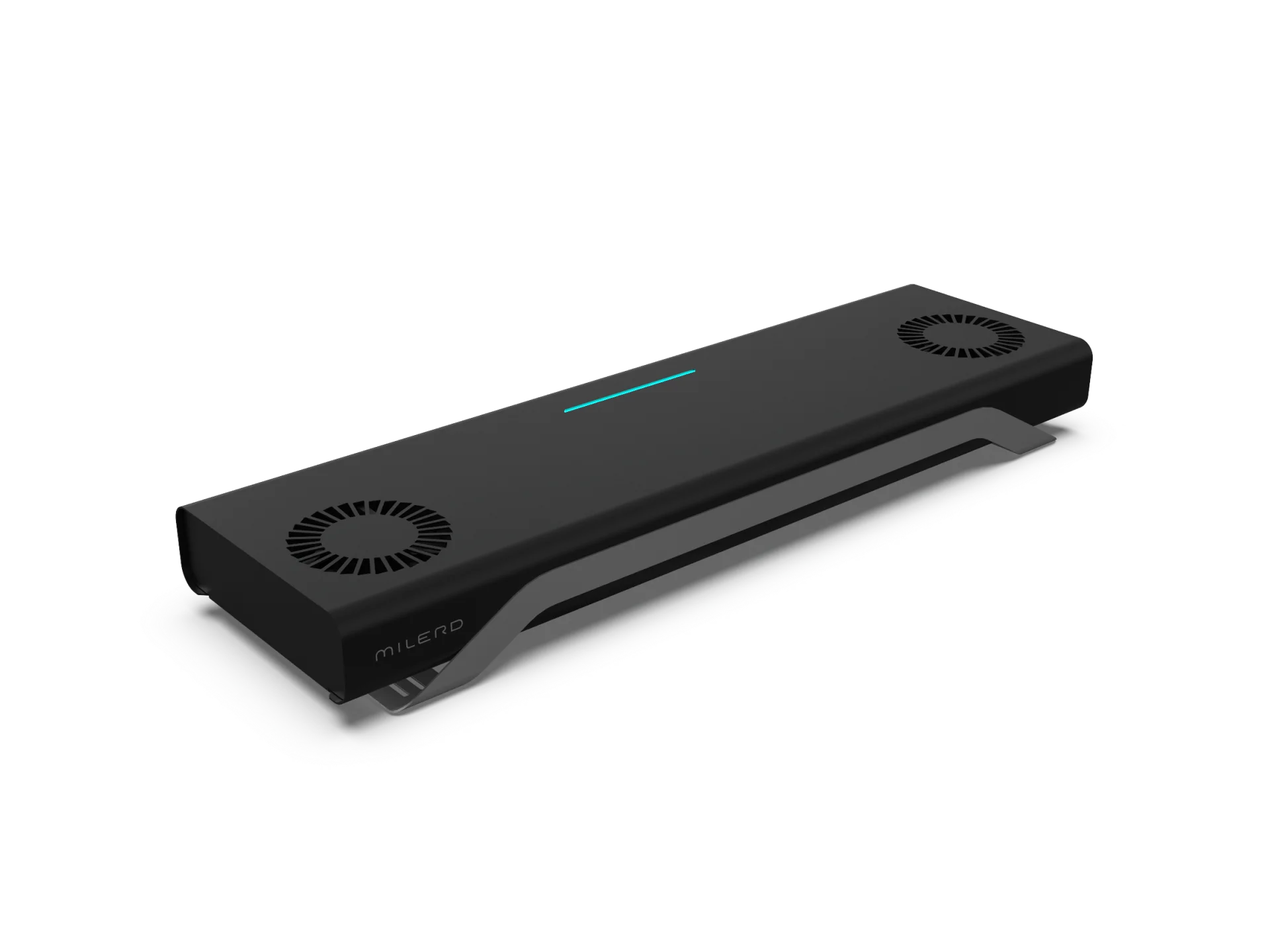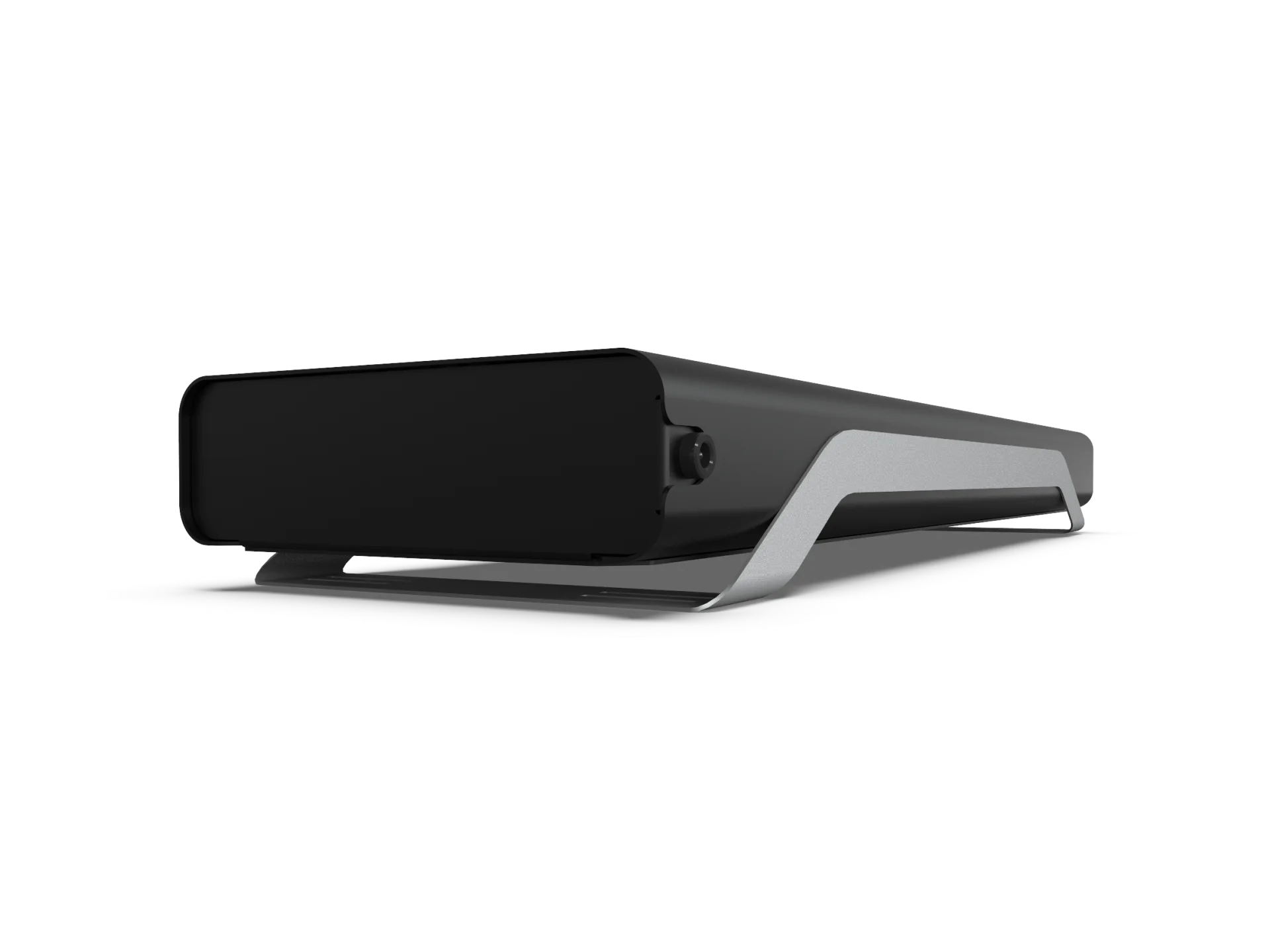Advanced Food Cleaner
Food cleaners have become indispensable in guaranteeing the health and tidiness of vegetables and fruits. Milerd Detoxer is a brand-new invention that effectively rids edible products of pesticides and germs, among other things, thereby making them suitable for human consumption. By using advanced cleaning technologies, food cleaners Milerd provides an easy and efficient way to maintain a healthy diet. They are a must-have for any kitchen, offering peace of mind with every meal. Food detoxification is the first major criterion for a strong and healthy body.
Food & Water Scanner
The EcoTracker is a compact, pocket-sized multitool that lets you test the safety of your food and water instantly. It’s calibrated for over 60 different fruits, vegetables, fish, and meats — and also measures water TDS (Total Dissolved Solids) and pH. No lab needed; get results in just 3 seconds.
EMF Meters
The Milerd HiRange is a top-tier electromagnetic field (EMF) detector, crafted for those who demand precision and ease of use. This compact device accurately detects EMF levels from everyday sources such as power lines, electronic devices, and Wi-Fi signals. With its modern design, the HiRange is easy to carry, making it perfect for home, office, or on-the-go monitoring. Offering both advanced technology and intuitive operation, the Milerd HiRange ensures that you can track EMF exposure efficiently.
Geiger Counters
The Milerd HiStand is a highly precise Geiger counter designed for detecting nuclear radiation in a compact, everyday-use form. Lightweight and portable, this device provides accurate measurements of radiation levels, ensuring safety in any environment. Whether you are at home, outdoors, or in a professional setting, the HiStand delivers reliable data with an elegant design. It’s the perfect tool for those who need consistent radiation monitoring without sacrificing comfort or convenience.
Air Quality Analyzers
The Milerd Aero Q8 and Milerd Aero Q4 are not just air quality analyzers. They are advanced devices designed to provide a comprehensive analysis of your indoor environment. The radon alarm Milerd Aero Q8 measures radon concentrations, humidity, temperature, and the risk of mold formation, and it also detects harmful PM 1, PM 2.5, PM 10 particles, and VOCs. The Milerd Aero Q4, a radon gas analyzer, measures radon concentrations along with humidity and temperature levels. Both indoor air quality monitors provide essential data to ensure a healthy indoor environment, giving you the peace of mind you deserve.
UV-C Air Purifiers
Mini Series
UV-C air purifiers are absolutely necessary for maintaining neat and hygienic air surroundings, either at home or in the office. The use of ultraviolet germicidal irradiation in these cleaners is quite effective in killing germs such as bacteria, viruses, and some molds that can float in the air flow, hence adding an extra barrier to respiratory ailments. With their small size and high efficiency, UV-C air cleaners are also handy and unobtrusive methods of ensuring air sterilization and enhancing general health.
Smart Series
Smart air cleaners with UV-C disinfection provide the best solution in terms of sanitizing air at homes and workplaces. It is plugged into the power, its filter is checked, and it’s ready to go. They have Wi-Fi connection capabilities coupled with a phone app that allows for both remote monitoring and control of the level of contamination, making it possible to clean the room even when one is not on site. They use ultraviolet germicidal irradiation (UVGI) technology to trap airborne disease-causing agents, thereby reducing the risk of infection among users.
PRO Series
Professional UV-C air purifiers with advanced features such as timers and touchscreen control units offer precise control over air purification processes. These cleaners automatically monitor lamp lifespan and bactericidal light, ensuring optimal performance and longevity. With customizable scheduling options, they can be programmed to automatically turn on and off according to specific time intervals, providing continuous air purification without manual intervention.
Elite Series
Elite Milerd UV-C air purifiers are designed with high power and a premium minimalistic aesthetic, making them ideal for upscale establishments such as elite restaurants, hotels, and educational institutions. These cleaners are crafted to complement sophisticated environments, ensuring both functionality and elegance in air purification. With their versatility, they are equally well-suited for meeting rooms and management spaces, providing clean and fresh air for enhanced comfort and productivity.
Power Series
These high-power UV-C air purifiers are specifically designed to cater to the needs of large rooms and industrial facilities, ensuring comprehensive air purification. The DZR-7 model offers customizable features, allowing adjustments to lamp capacity, performance rates ranging from 75 to 300 m3 per hour, and control unit preferences, providing tailored solutions for diverse environments. With their adaptable design and robust capabilities, these purifiers offer efficient and effective air purification solutions for industrial settings and spacious rooms.
Drive Series
Introducing a range of UV-C air cleaners tailored for transportation, suitable for use in personal cars as well as large passenger buses. Each model comes equipped with specialized fasteners designed for secure installation within vehicles, ensuring stability and convenience during travel. Powered directly from the car outlet, these purifiers offer hassle-free operation, providing clean and fresh air for a comfortable journey for drivers and passengers alike.
